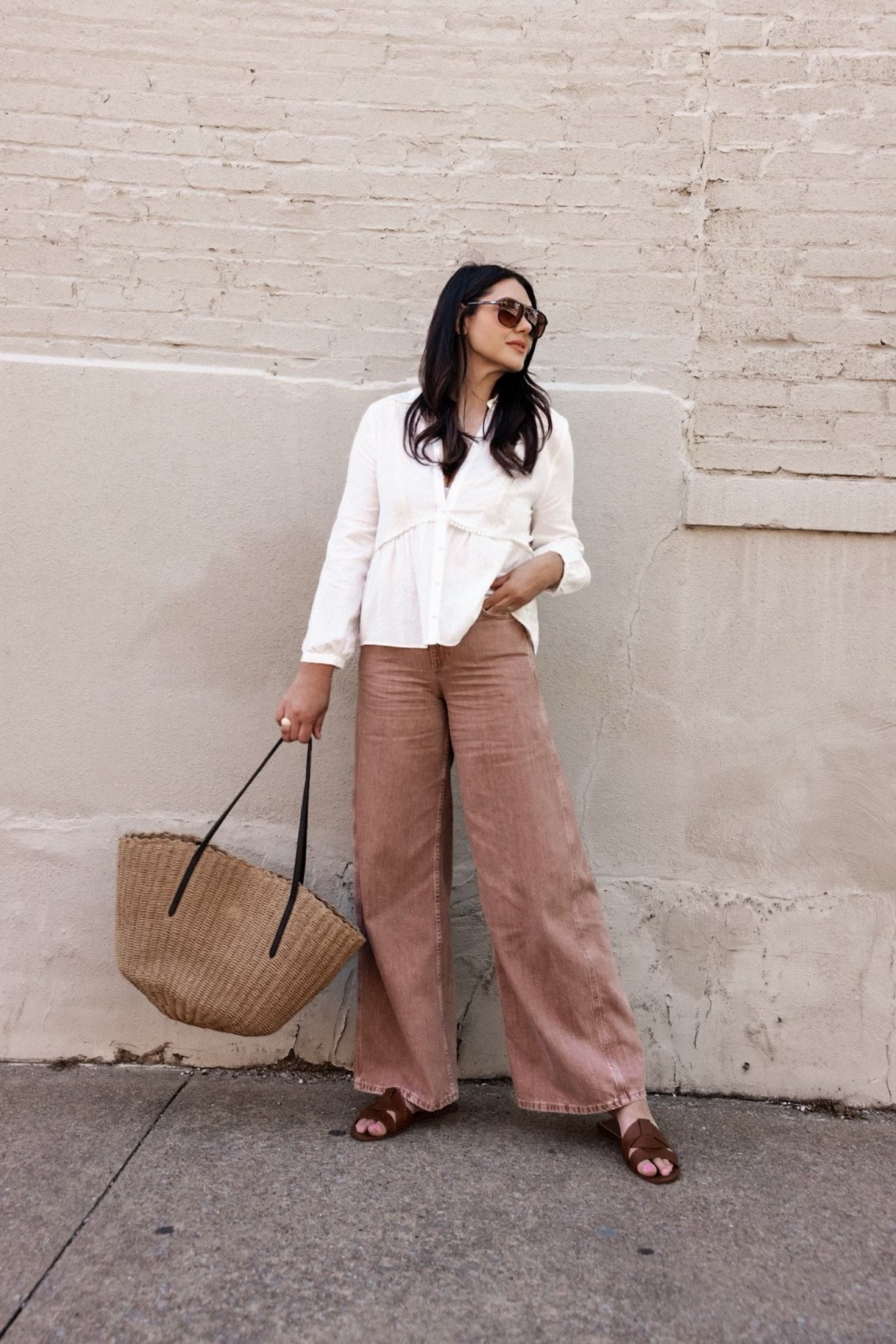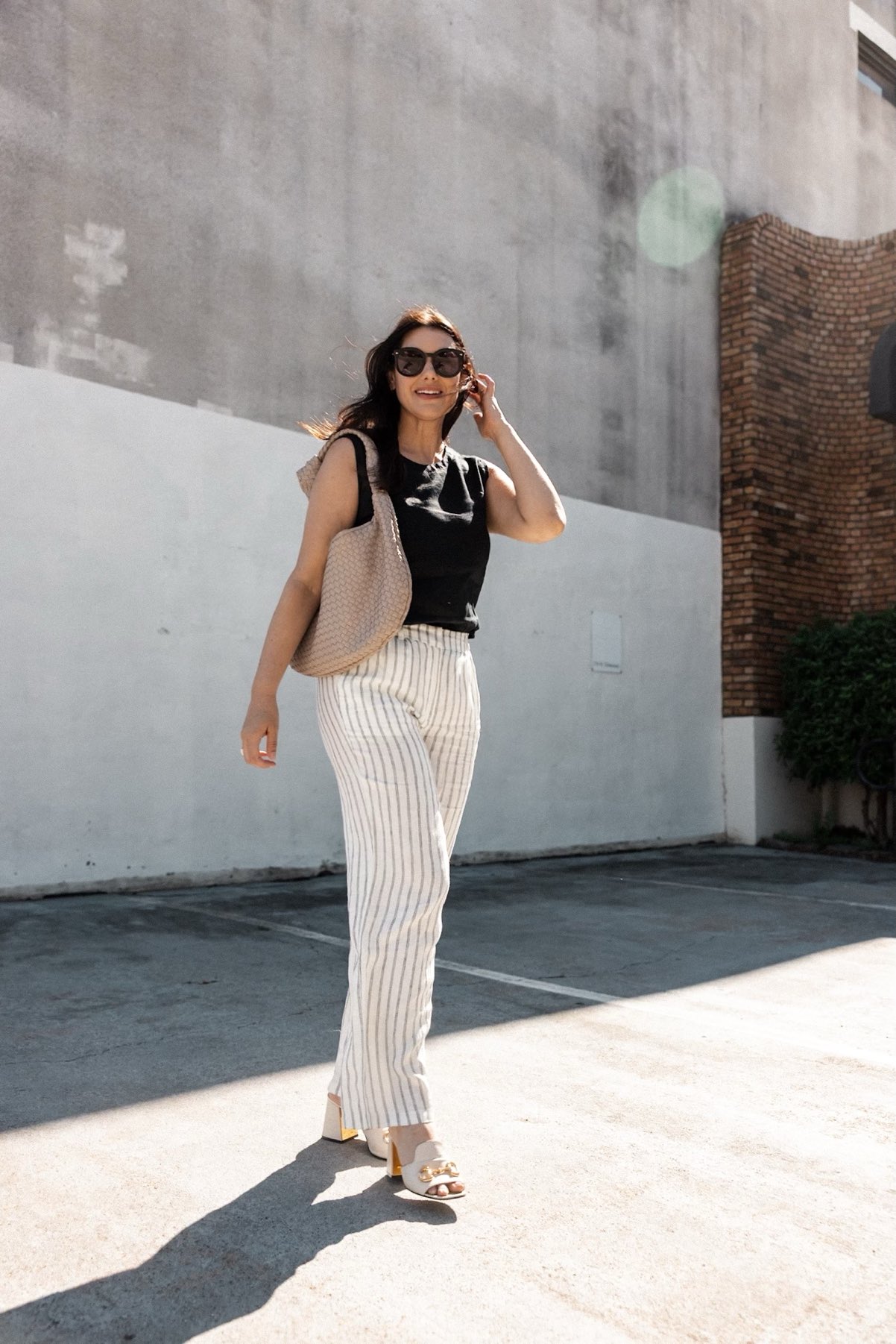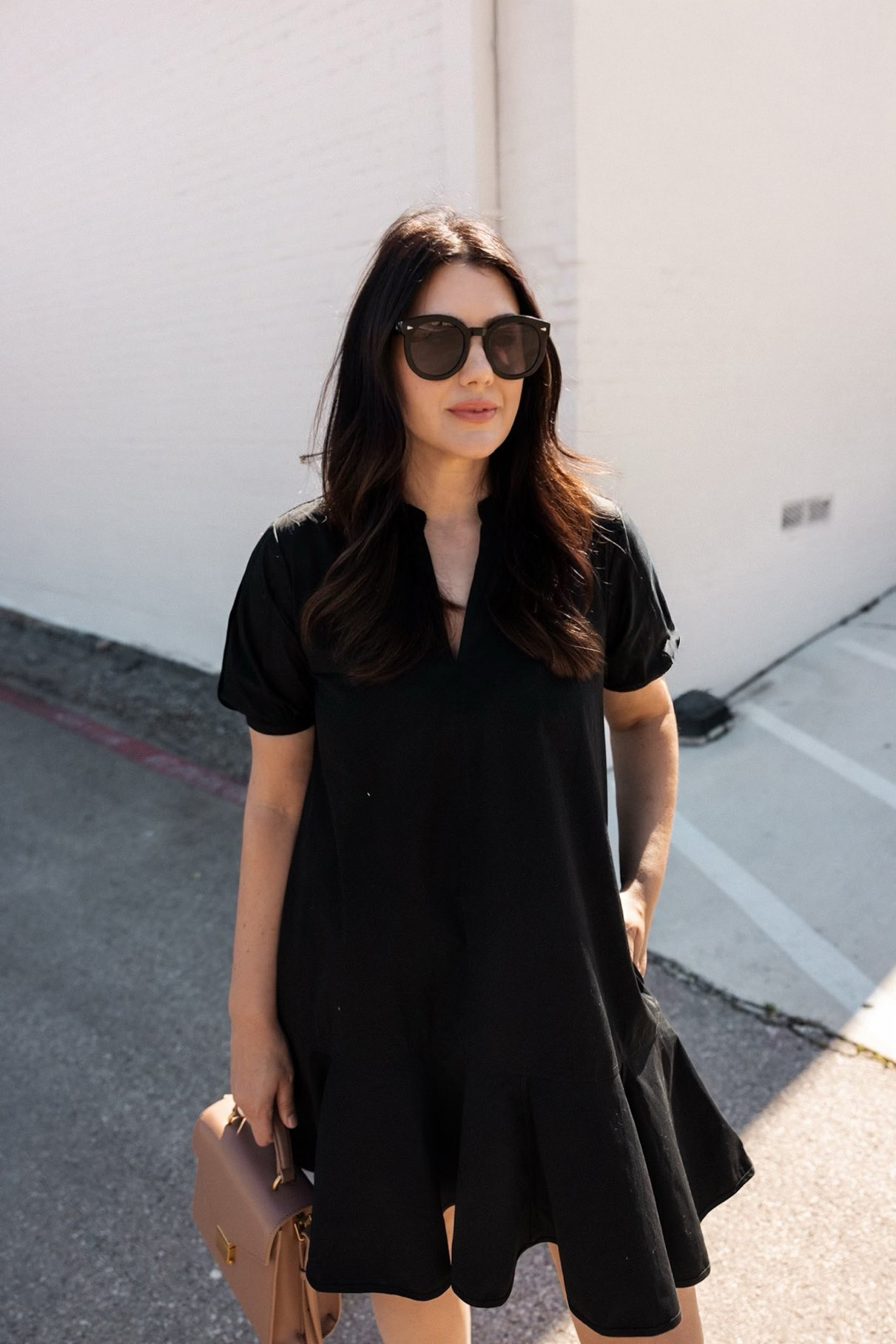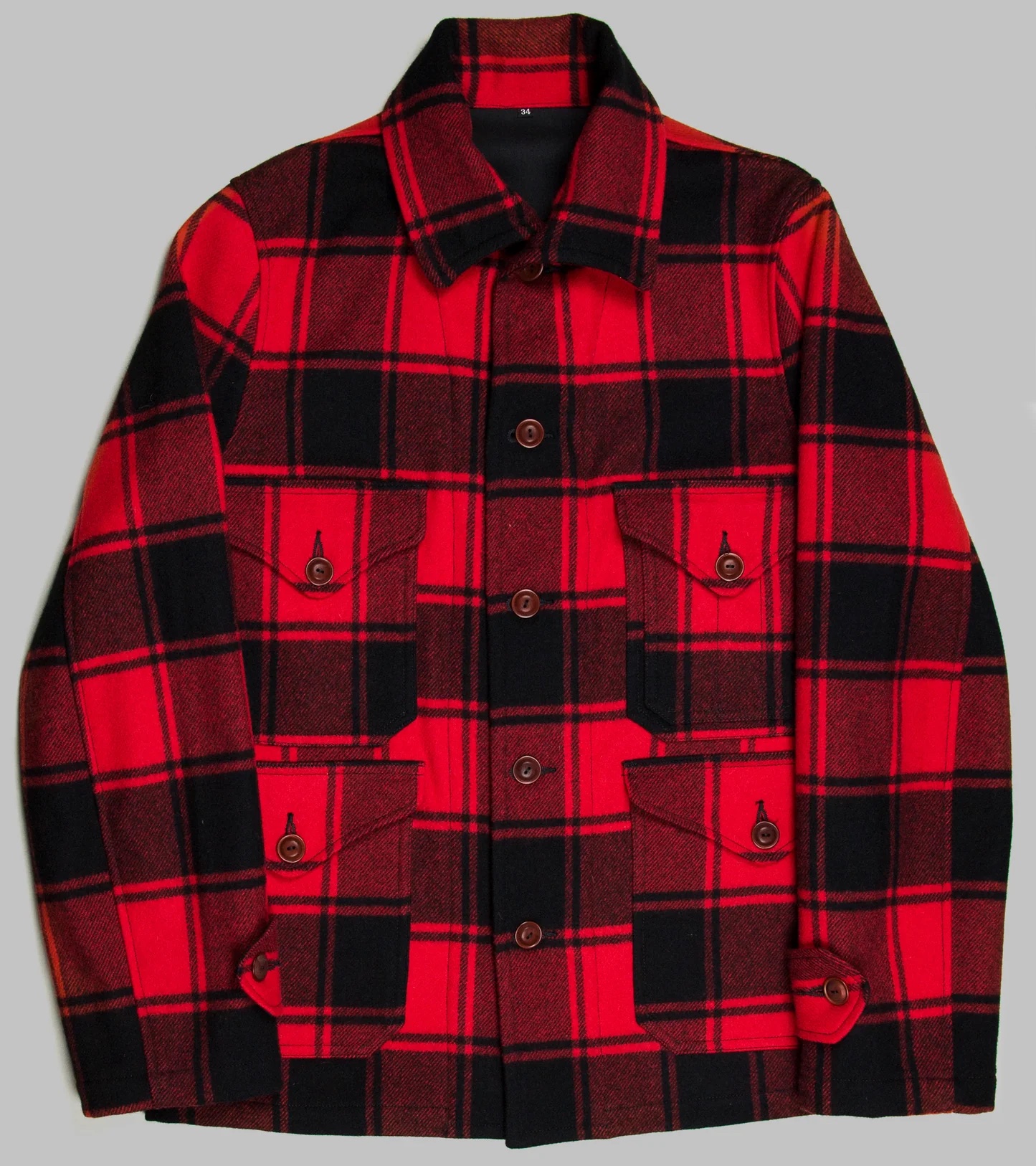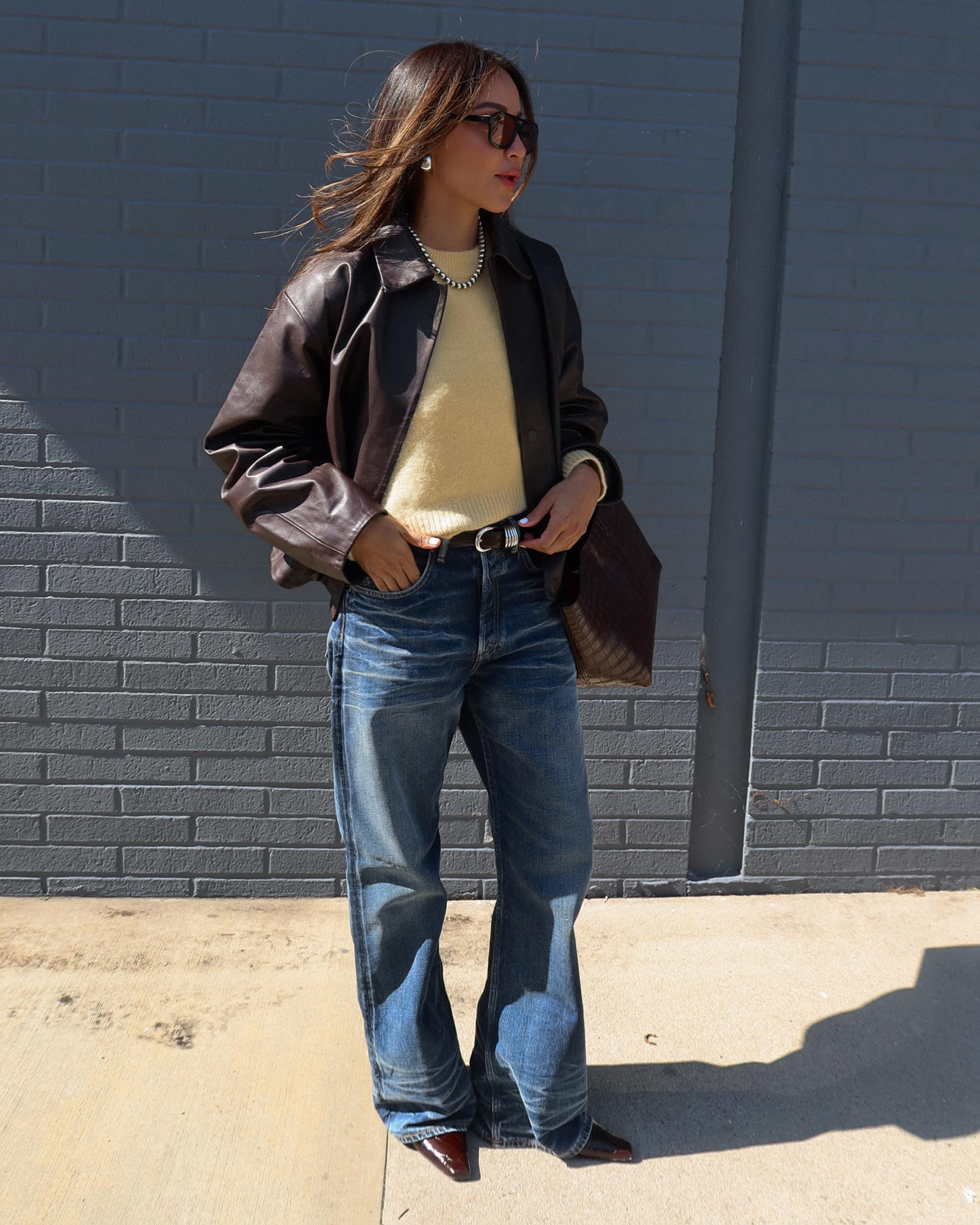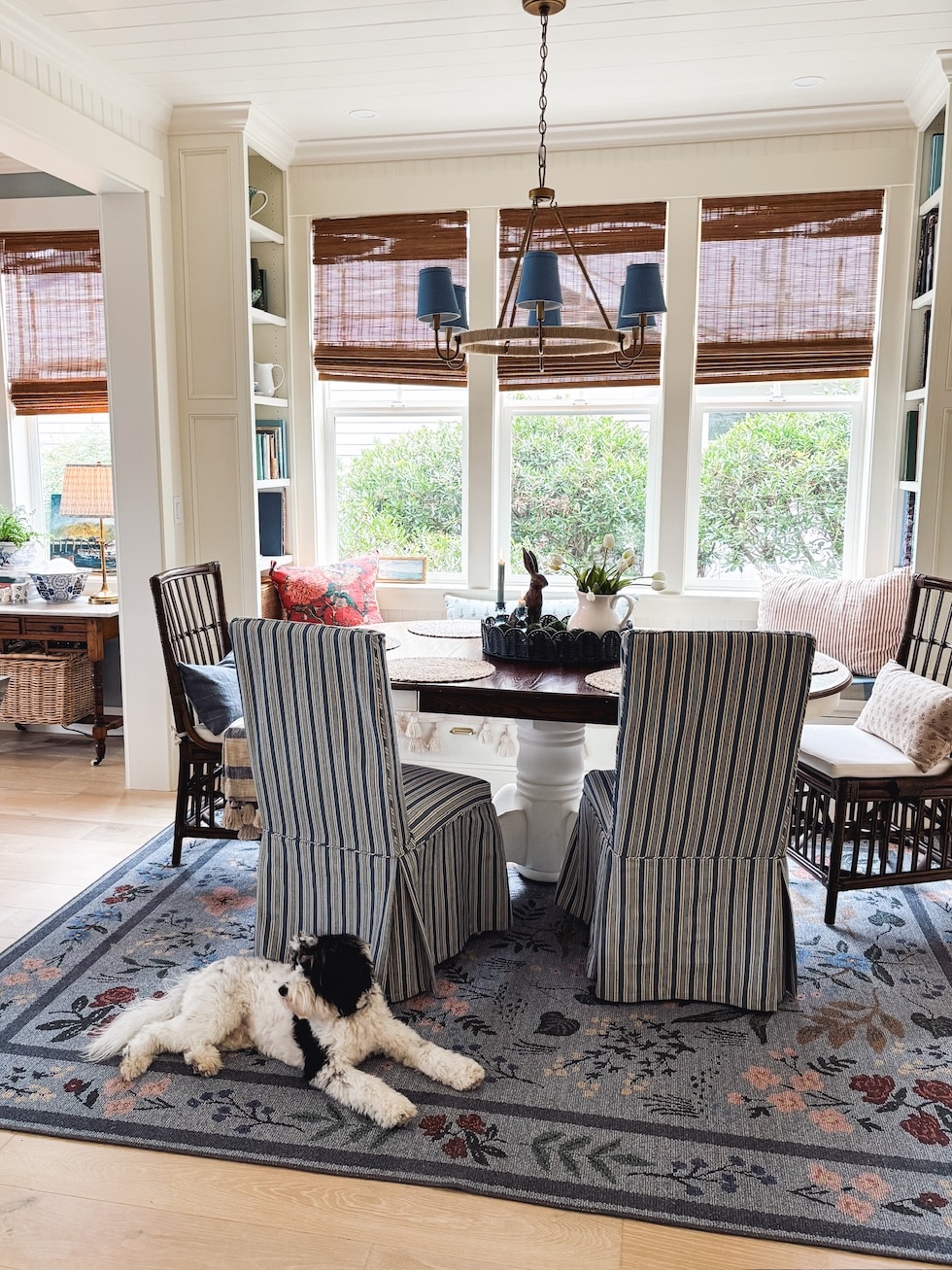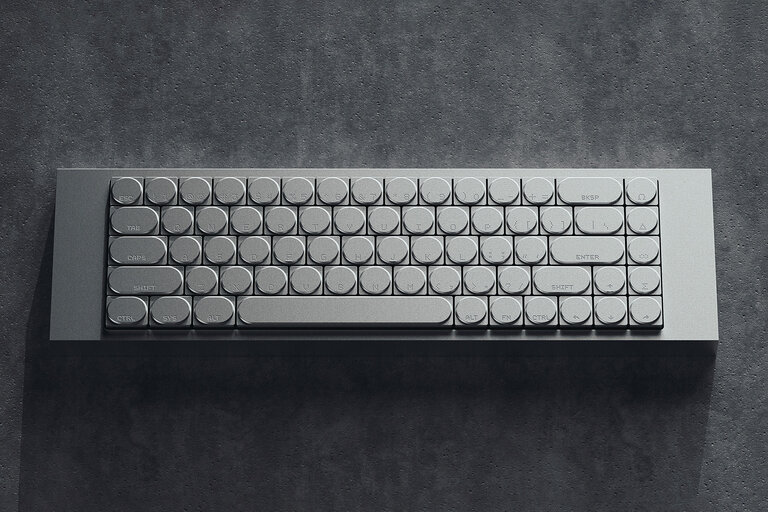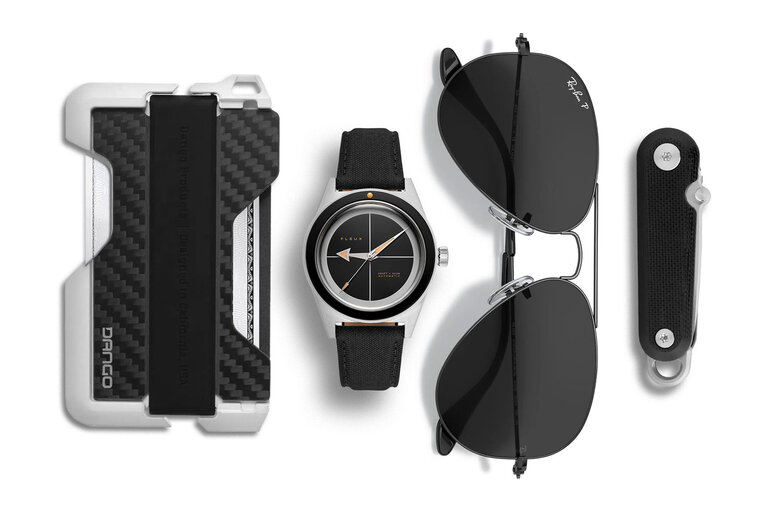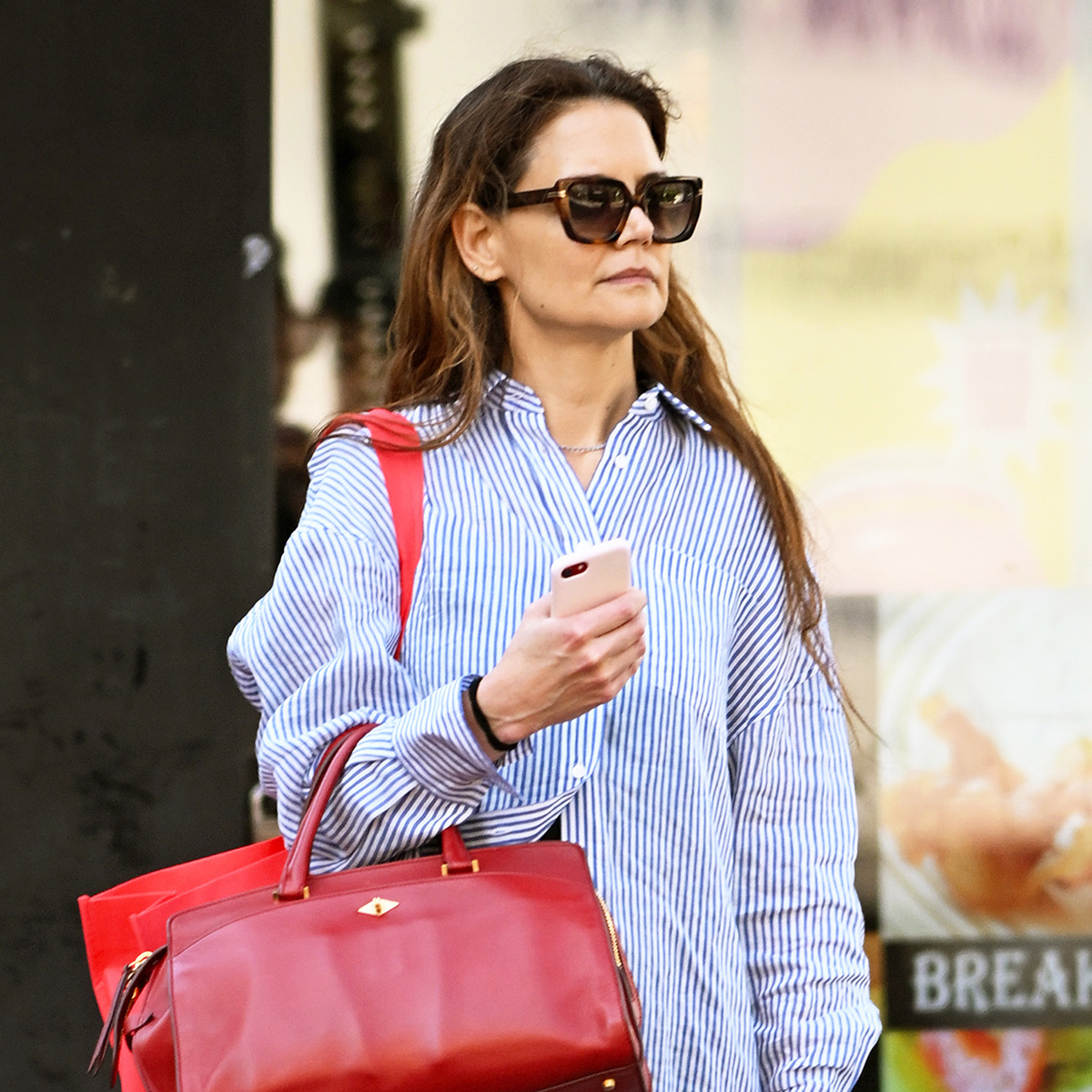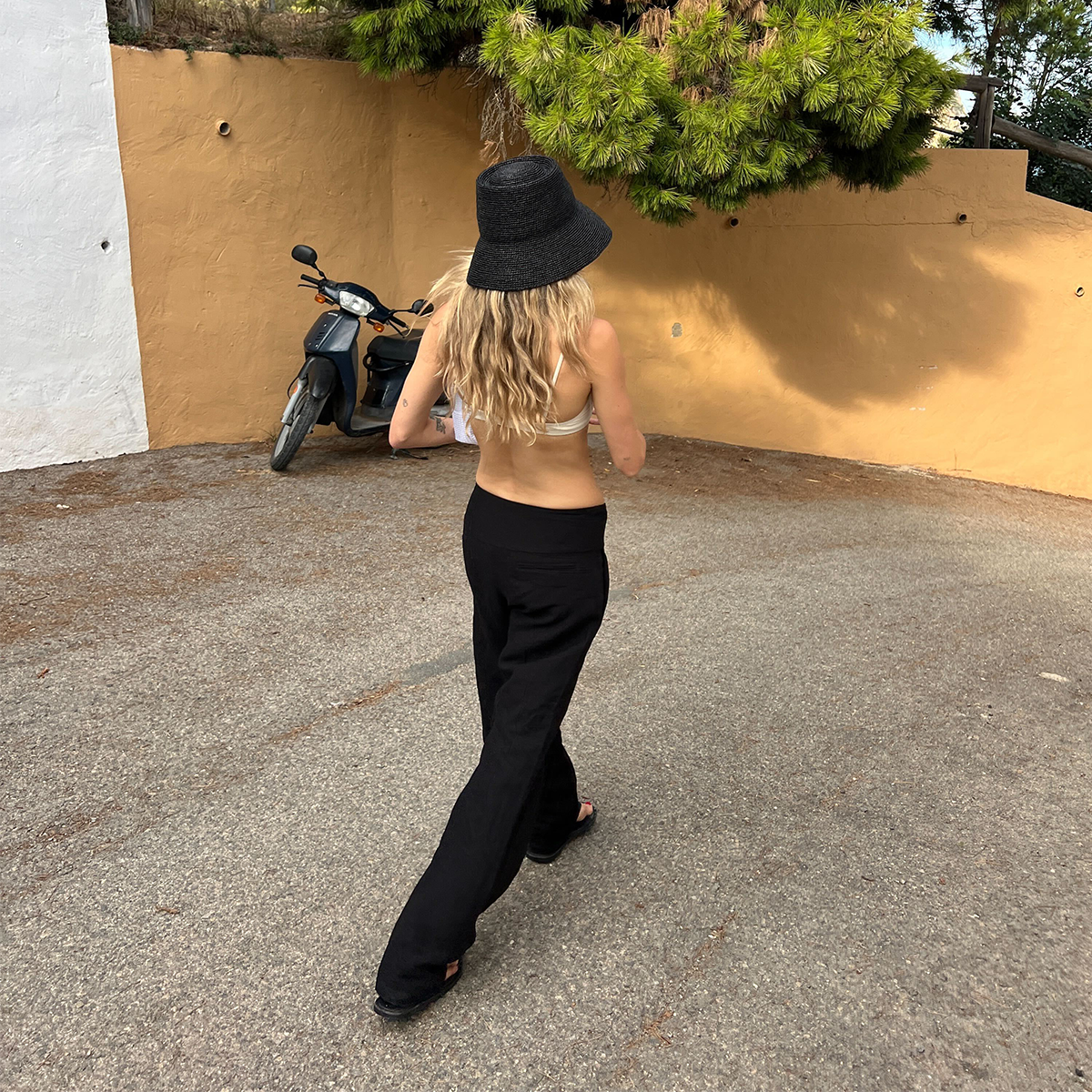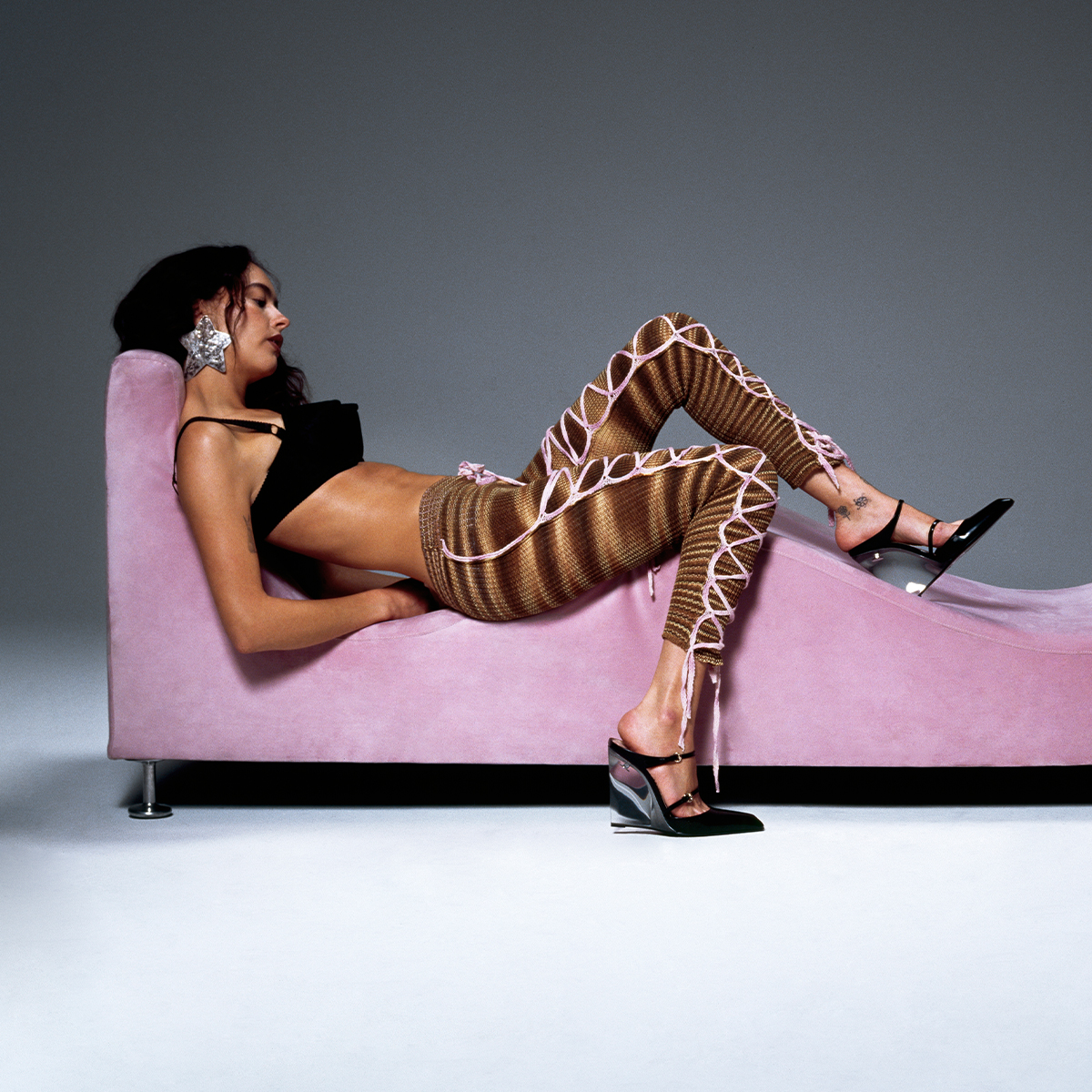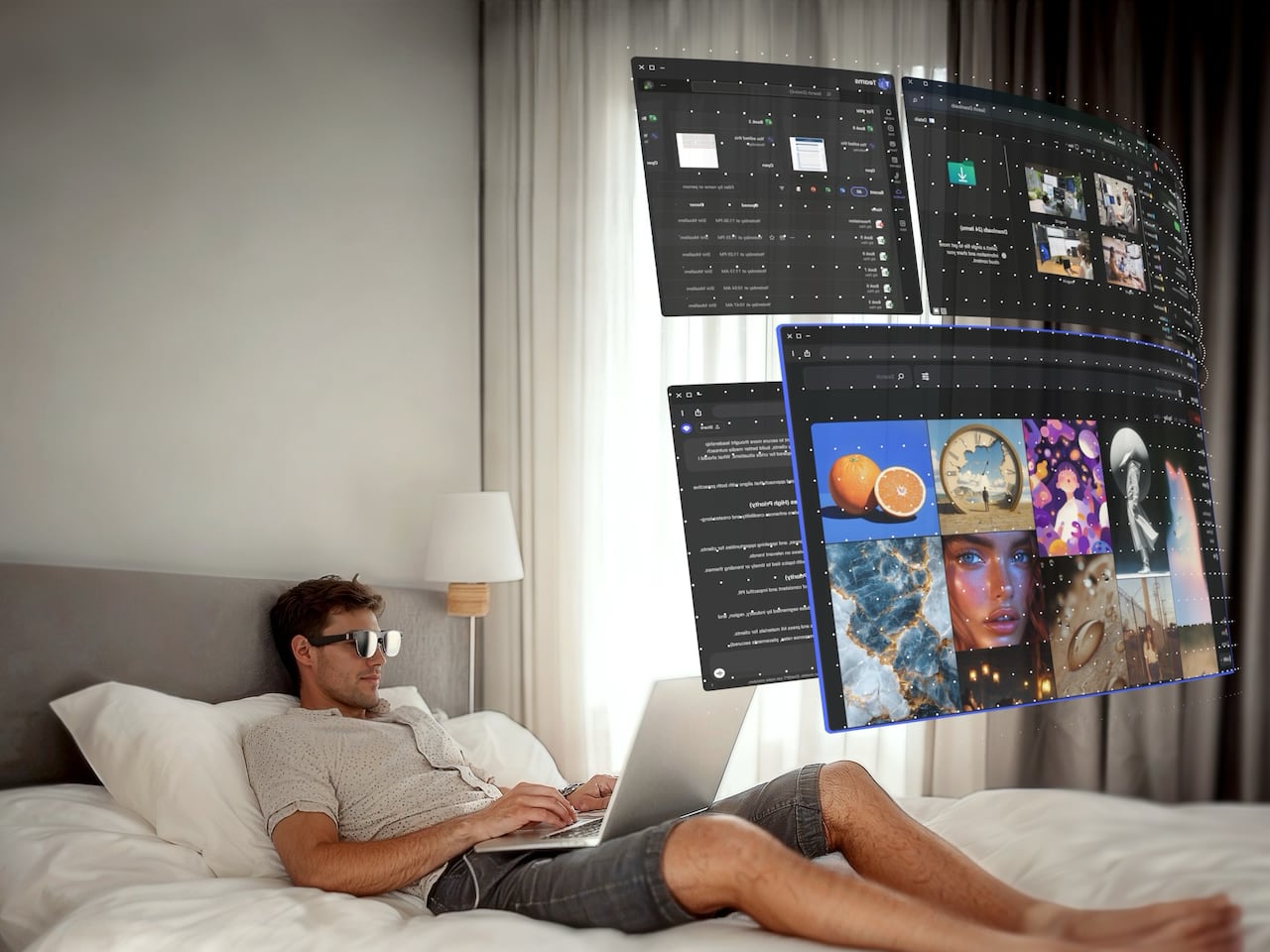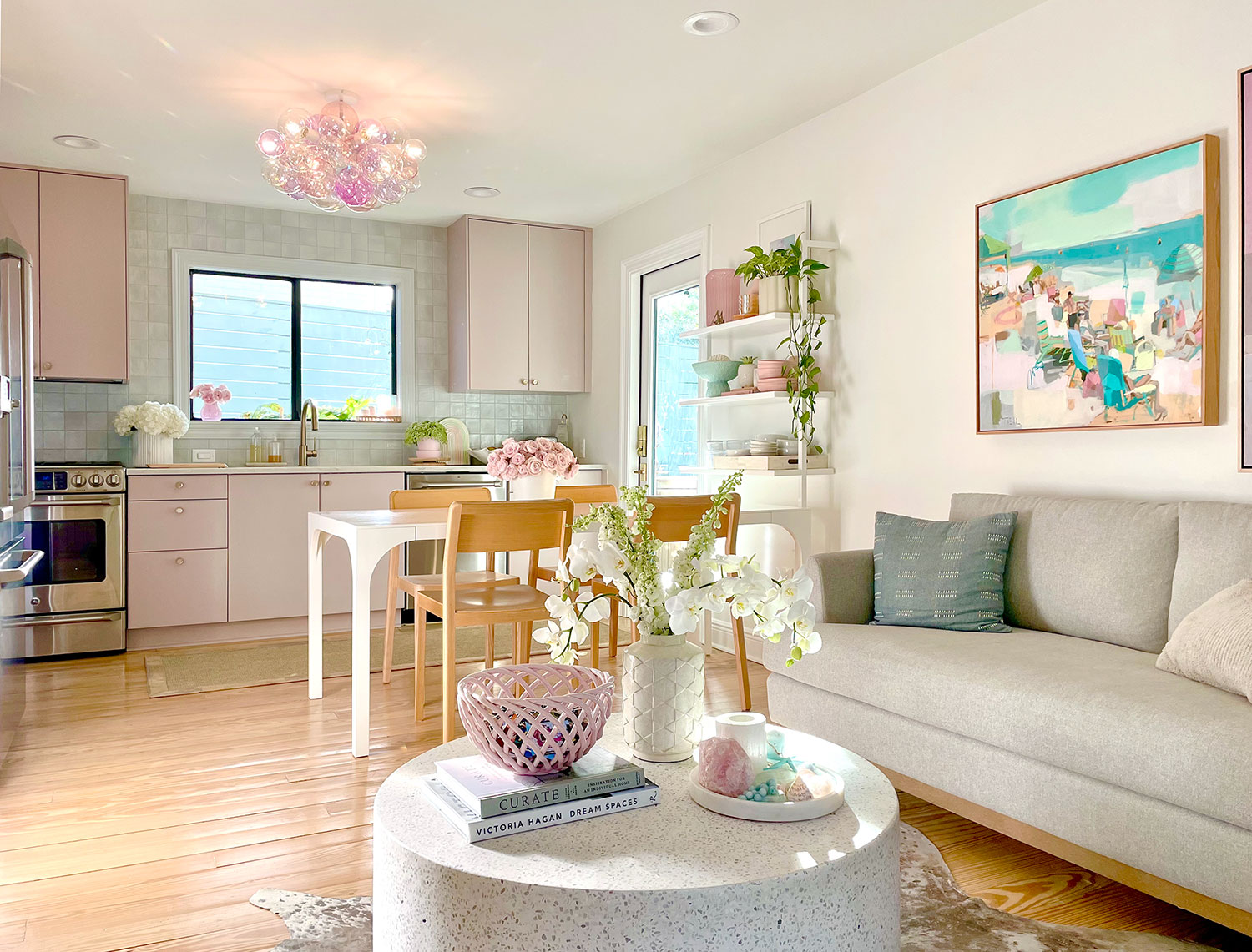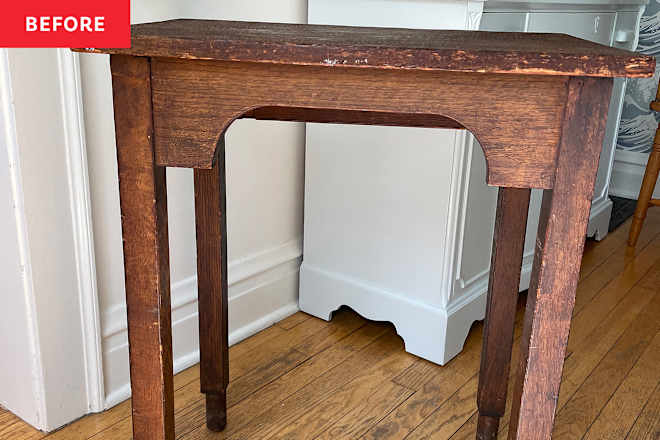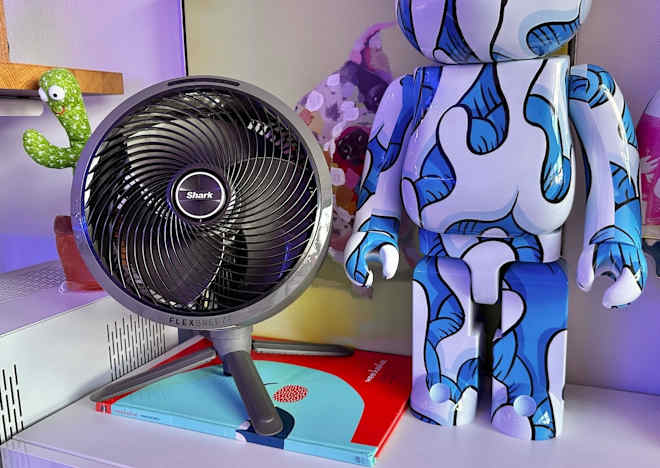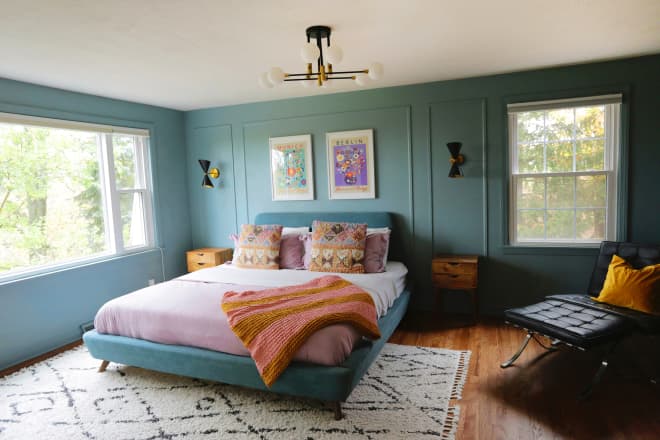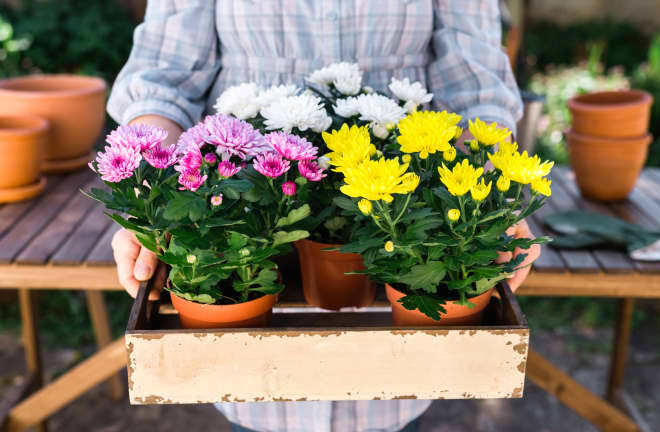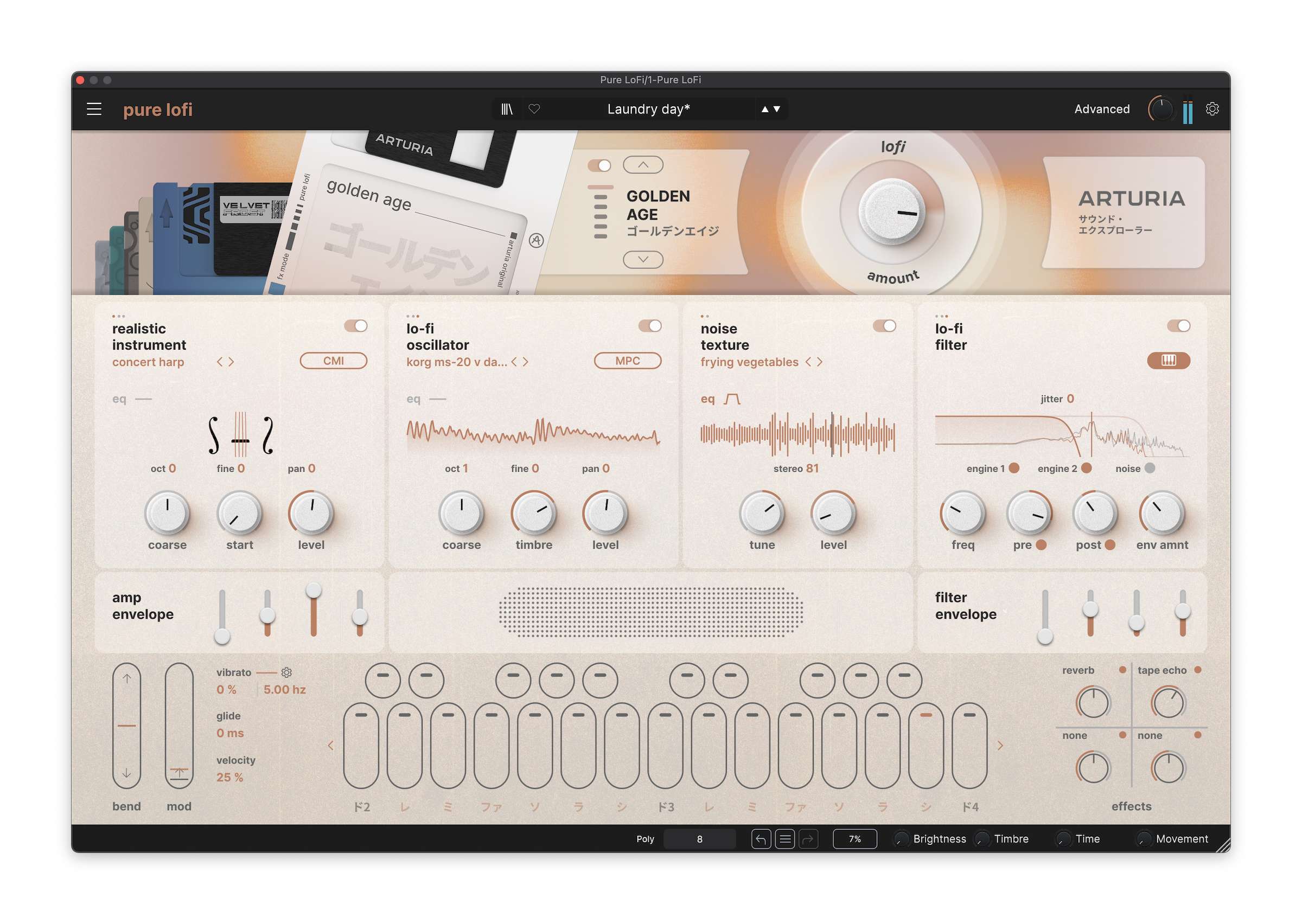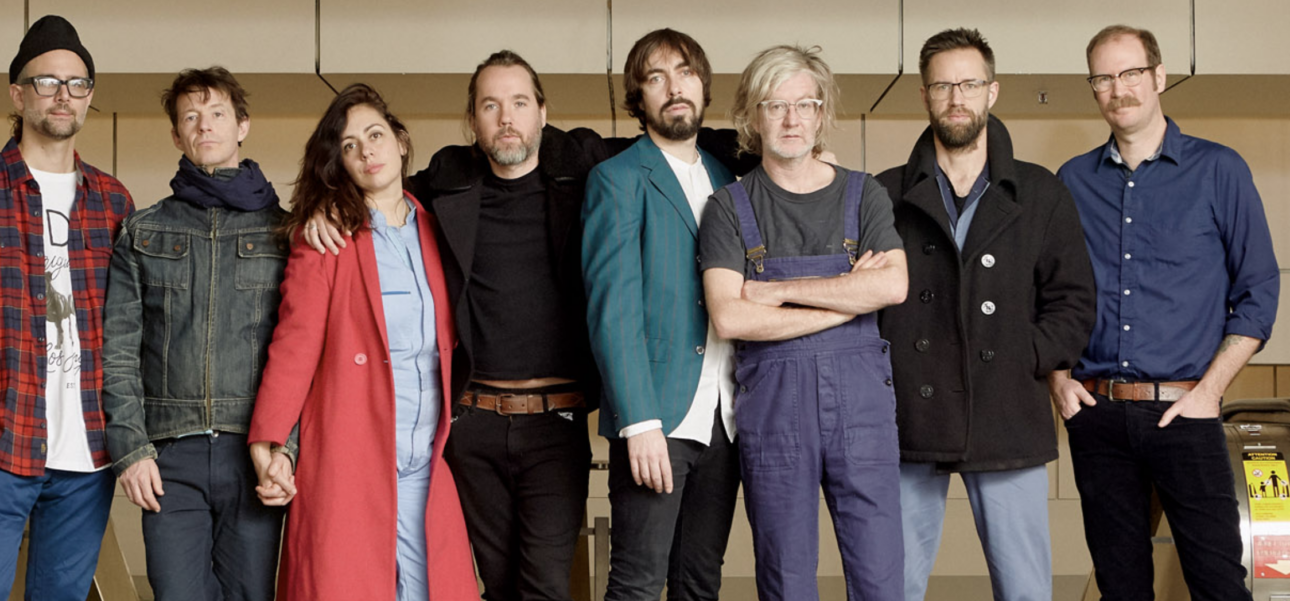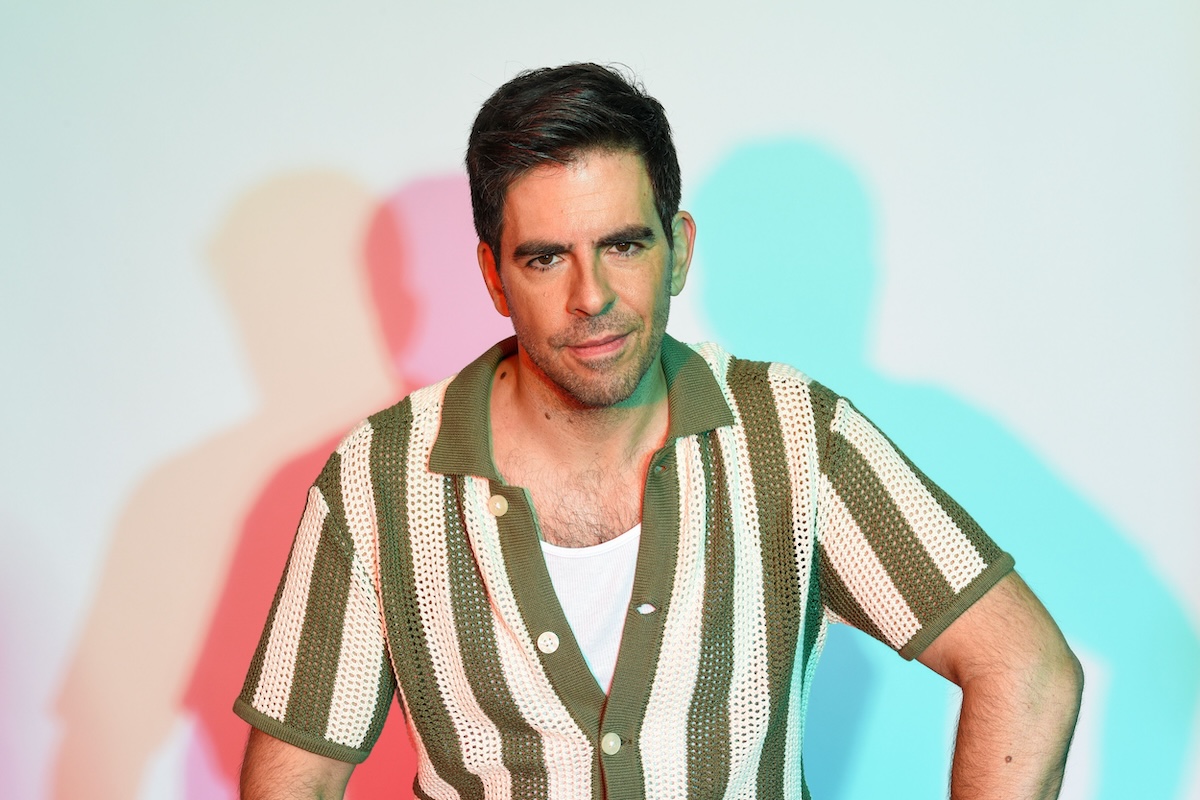Milan Design Week 2025: Fashion Houses
Prada, Gucci, Louis Vuitton, Hermés and Loewe flex their takes on artisanship and craftsmanship During Milan Design Week many luxury fashion houses celebrated artisanal heritage and creative experimentation that went well beyond …

Prada, Gucci, Louis Vuitton, Hermés and Loewe flex their takes on artisanship and craftsmanship
Milan Design Week 2025: Fashion Houses
Prada, Gucci, Louis Vuitton, Hermés and Loewe flex their takes on artisanship and craftsmanship

During Milan Design Week many luxury fashion houses celebrated artisanal heritage and creative experimentation that went well beyond the simple garment. Support from the fashion industry has served as a platform amplifying the narrative of design as a multifaceted discipline. By exploring new collaborations and nurturing talent, these fashion powerhouses provide a stage for unique exhibitions where new ideas are brought to life. It has transitioned into a celebration of craftsmanship, storytelling through design, and reshaping the landscape of luxury and innovation.
LOEWE TEAPOTS
For the several past Design Weeks Spanish fashion house Loewe has curated exhibitions featuring renowned international artists and artisans reimagining everyday objects—chairs in 2023, lamps in 2024. The project was initiated by Loewe’s creative director, Jonathan Anderson, a passionate collector of handmade objects. Driven by his deep appreciation for craftsmanship, Anderson seeks to bring global attention to the extraordinary potential found in underrepresented artisanal traditions and savoir-faire. For its ninth edition the initiative continues with a collection of teapots specially developed by 25 artists, designers and architects, and was set in the extraordinary backdrop of Palazzo Citterio.
The teapot, a humble object for many, has taken a multitude of new forms, reflecting a singular vision and showcasing how far material experimentation can elevate even the most everyday of objects. While many of the artists have chose porcelain and ceramic—materials traditionally linked to teapot-making—they each bring a distinct perspective to how these mediums are handled. From simple shifts in size and proportion to complete alterations steering far from the teapot’s familiar silhouette. Rose Wylie plays on British tea traditions with a whimsically oversized lid; Akio Niisato’s perforated porcelain allows light to pass through, lending it an ethereal glow. Simone Fattal incorporates woven leather, adding a tactile contrast to David Chipperfield’s sleek cobalt and copper interpretation. Patricia Urquiola imagines a playful, mauve-hued squirrel form, while Naoto Fukasawa remains loyal to the archetype, a classic white teapot delicately adorned with ceramic flowers, leaving only the spout and handle elegantly bare.
HERMÈS HOME COLLECTION
Hermès unveiled a poetic and immersive exhibition in the La Pelota Jai Alai, the space they have used for many years, with a minimalist installation masterfully curated by Charlotte Macaux Perelman, co-artistic director of Hermès’ collections along with Alexis Fabry. The installation explored the notion of objects as latent dreams, gradually unveiled through light, transparency, and reflection. Visitors peered through openings and windows cut into minimalist structures, glimpsing the delicate contours of vases, carafes, plates, and throws suspended in a play of shadows and light. 
A deep reverence for craftsmanship lies at the heart of the showcase, particularly in the world of glassmaking—a dialogue of blown, layered, cased, and fused glass techniques, each yielding objects of singular clarity and chromatic depths. Some were cold-cut with surgical precision, others glowed with warmth when filled with water, revealing two-tone fusions that made even the most functional object feel magical. Tomàs Alonso’s ‘Table d’appoint’ stood out as a quiet manifesto: a sugi wood top delicately balanced on an off-center axis, anchored by a lacquered glass base that shifted in kaleidoscopic tones. Equally striking was the porcelain collection by Nigel Peake: thirty-three pieces in soft kaolin white, edged with hand-painted watercolour friezes in muted or vivid tones. His geometric motifs evoked the rhythm of musical metre, inviting infinite combinations and transforming the dining table into a canvas of quiet, poetic order.
LOUIS VUITTON: OBJETS NOMADES
At Milan Design Week 2025, Louis Vuitton once again reaffirmed its position at the crossroads of fine craftsmanship and contemporary design with its Objets Nomades collection. Launched in 2012, the collection presents limited-edition design pieces that merge the maison’s savoir-faire with the creativity of some of the world’s leading designers including Estúdio Campana, India Mahdavi, Patricia Urquiola, and Jaime Hayon. Set in the neoclassical Palazzo Serbelloni, Louis Vuitton’s Objets Nomades was presented as part of a broader collection: the Louis Vuitton Home Collection. 
The space, which rolled out as an immersive exhibition across multiple rooms, invited guests to walk through a cluster of worlds that collided and harmonized, drawn up by a number of talented minds. Among the highlights were Estúdio Campana’s Calcio Balilla (foosball table) which stood out as a playful yet striking statement of design with its mermaid-inspired theme, while their Caleidoscopio Cabinet and Baule-Letto cleverly blurred the line between trunk and furniture, hybrid creations that transform Louis Vuitton’s heritage of travel into sculptural, functional art. Patricia Urquiola contributed with her Diago Vases and Petalo leather trays, and Cristián Mohaded presented the Atlas Table in onyx. The exhibition showcased the continuous dialogue between fashion and design, contemporary and future.
GUCCI BAMBOO ENCOUNTERS
During Milan Design Week 2025, Gucci unveiled its most ambitious design project to date with Bamboo Encounters, an immersive installation held at the historic Chiostri di San Simpliciano. Curated by Ippolito Pestellini Laparelli of 2050+, the showcase celebrated the enduring legacy of bamboo in Gucci’s identity, tracing back to the ‘40s when Guccio Gucci first introduced bamboo handles to the brand’s handbags. Laparelli invited seven designers and studios known for their exploratory practices, centered around research to create an object using bamboo. Each of them brought something from their personal story and individual approach to design. One standout collaboration involved the Palestinian architect and visual artist Dima Srouji, who collected crafted bamboo baskets found in markets around the world, which she adorned with delicate glass sculptures made by artisans in the West Bank. Swedish-Chilean artist Anton Alvarez took inspiration from the streams and waterways running through bamboo forests, creating an abstract bronze fountain cast from an extruded mold. Additionally, the Dutch collective Kite Club contributed with vibrant ripstop nylon kites floating in the sky, paying homage to the historical use of bamboo in kite-making and showcasing the lightness of this material. Each of the seven artists reflected the diverse and imaginative interpretations of bamboo, highlighting both its cultural significance and its design potential.
PRADA FRAMES
Prada presented the fourth edition of its multidisciplinary symposium, Prada Frames, curated by the design research studio Formafantasma, founded in 2009 by Andrea Trimarchi and Simone Farresin. Titled “In Transit,” the event was held at Milan’s iconic train station—Stazione Centrale—utilising spaces like the Gio Ponti and Giulio Minoletti-designed Arlecchino train, and the station’s Royal Pavilion to reflect on the theme of movement and infrastructure. The symposium explored how visible and invisible infrastructures, such as mobility systems, global policies, and digital networks, shape our daily lives and societal structures. By bringing together experts from diverse fields, including astrophysics, architecture, and activism, Prada Frames fostered cross-disciplinary dialogues on pressing issues like space travel, artificial intelligence, and climate justice.




![‘Thorns’ – ‘Hellraiser’ Inspired Horror Movie Starring Doug Bradley Releases in May [Trailer]](https://bloody-disgusting.com/wp-content/uploads/2023/04/thorns.jpg)























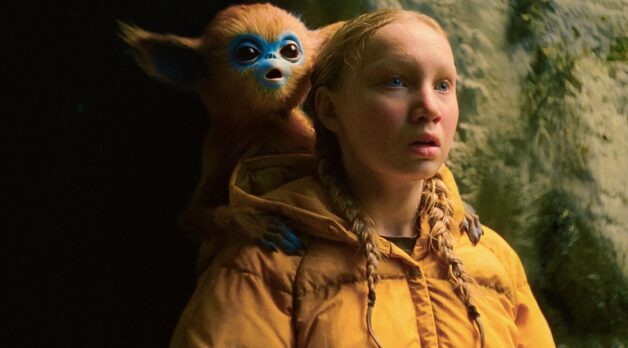

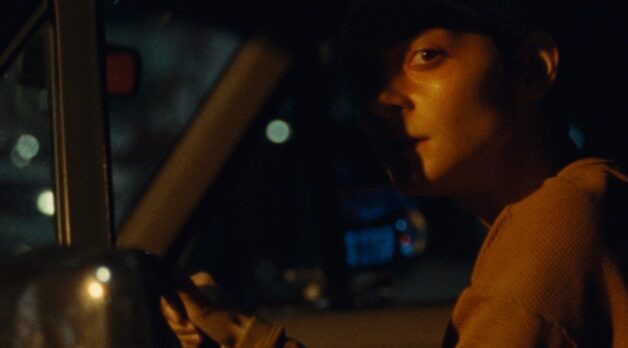


























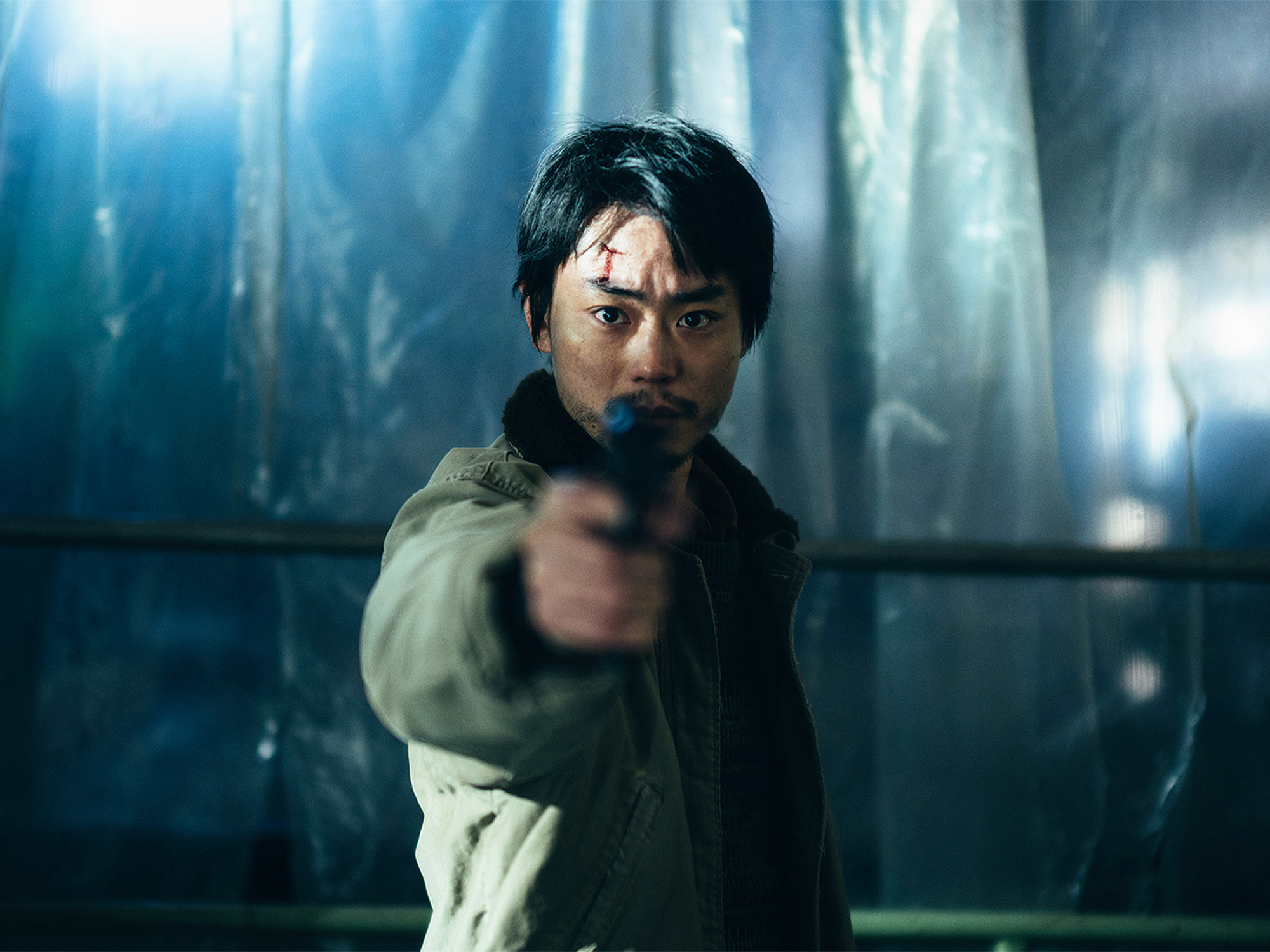
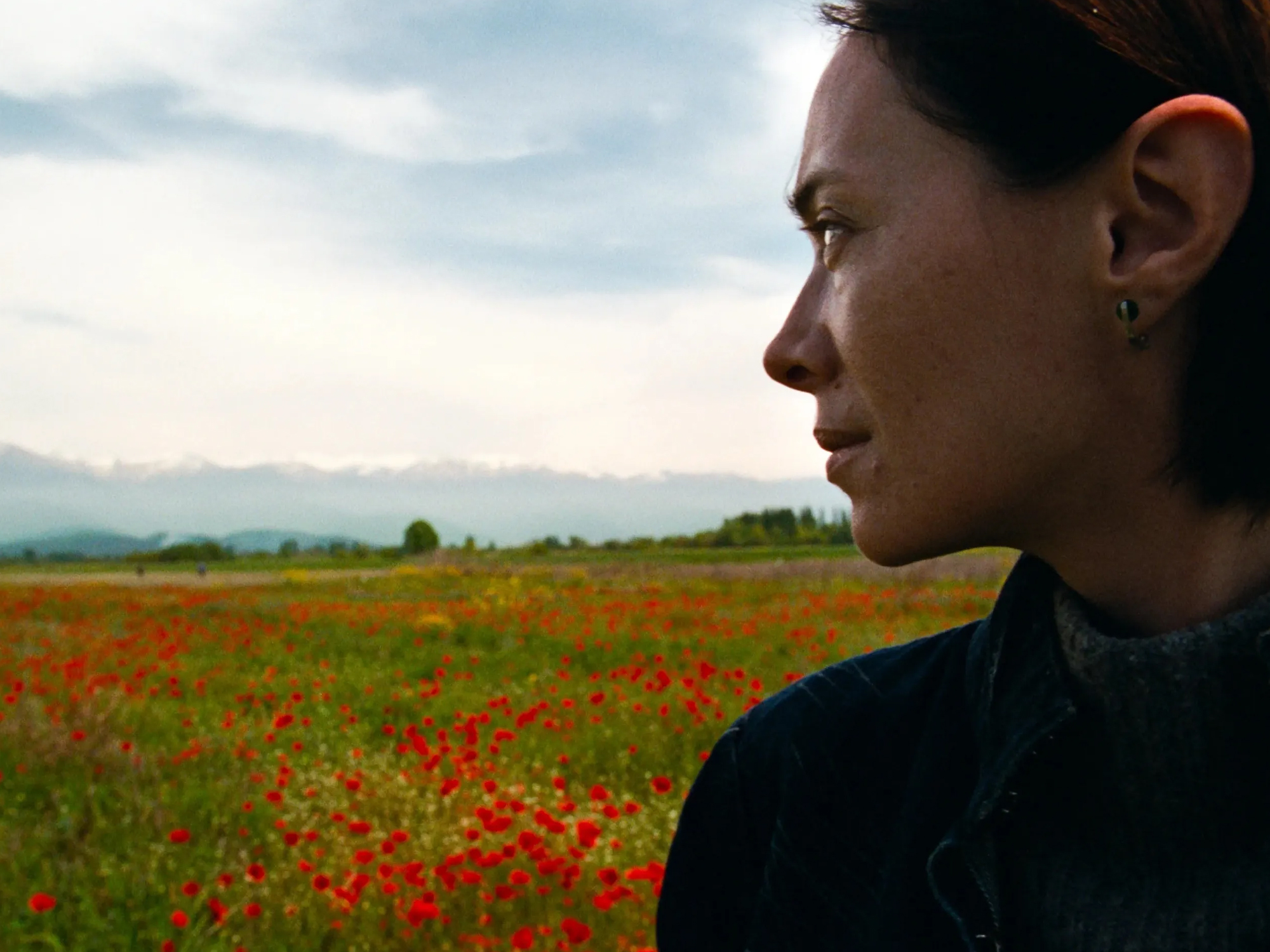







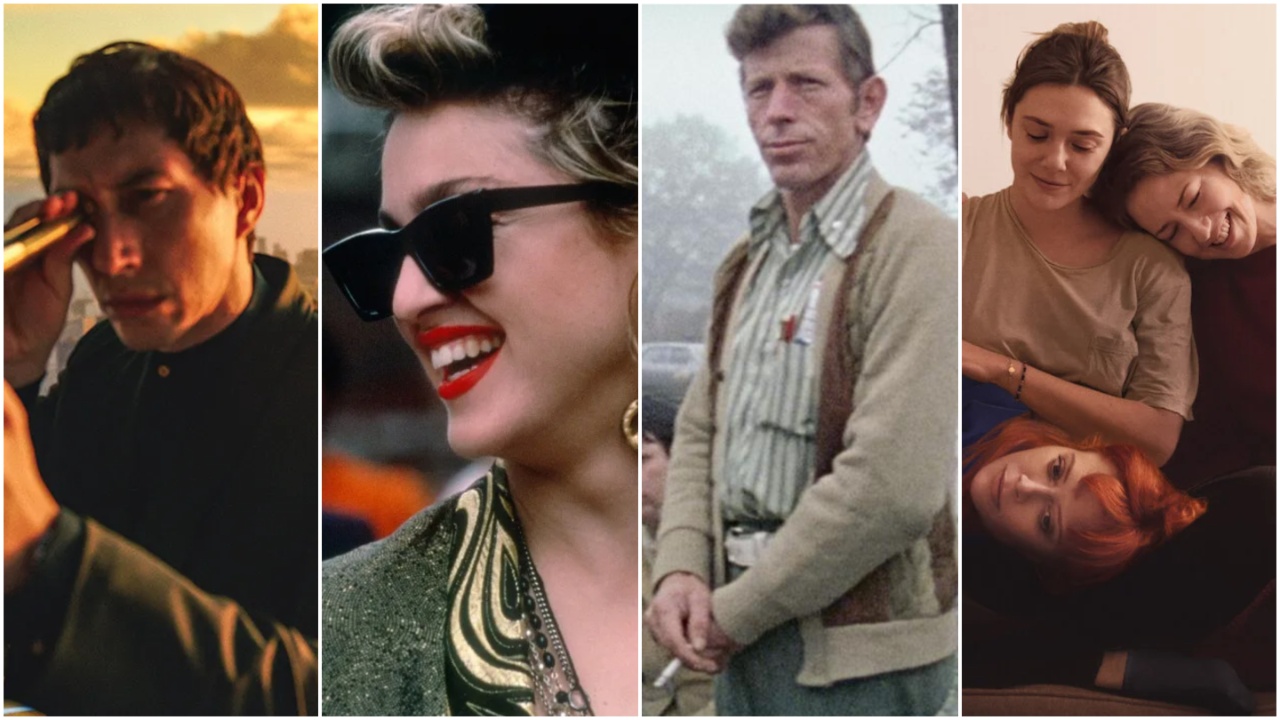

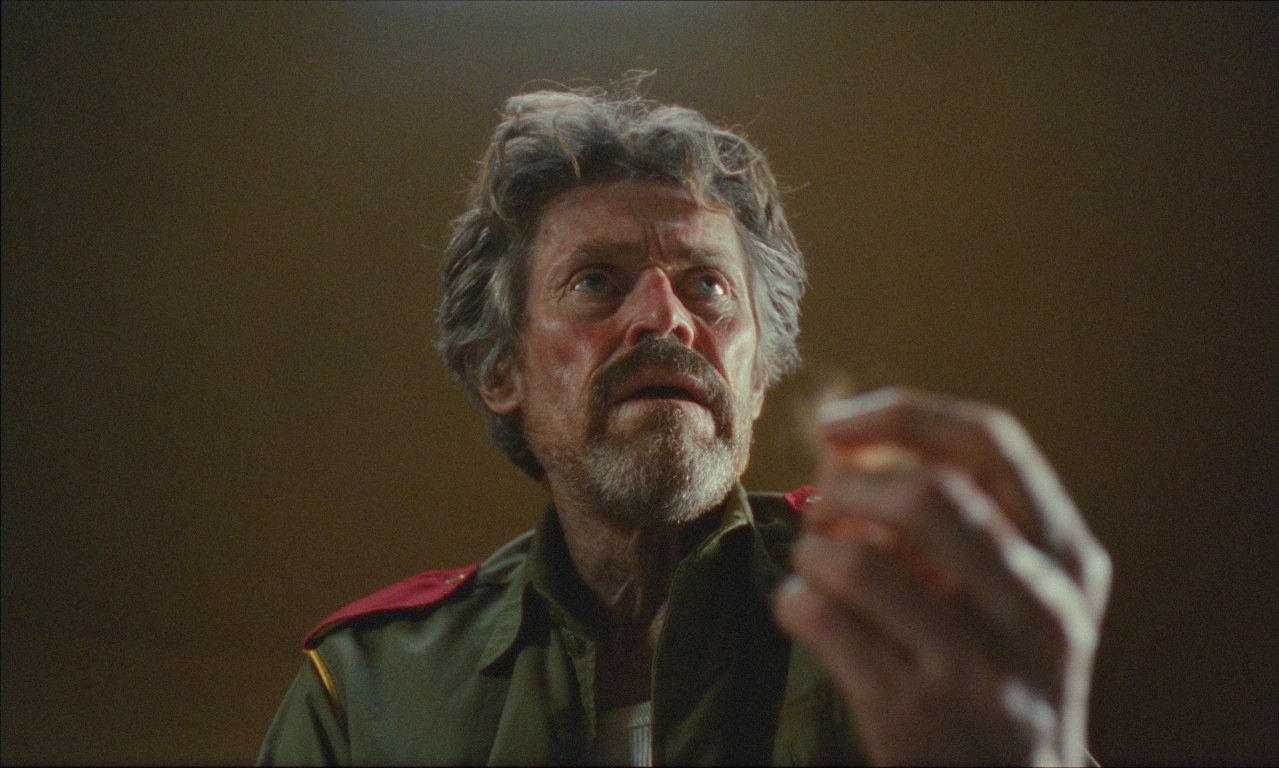





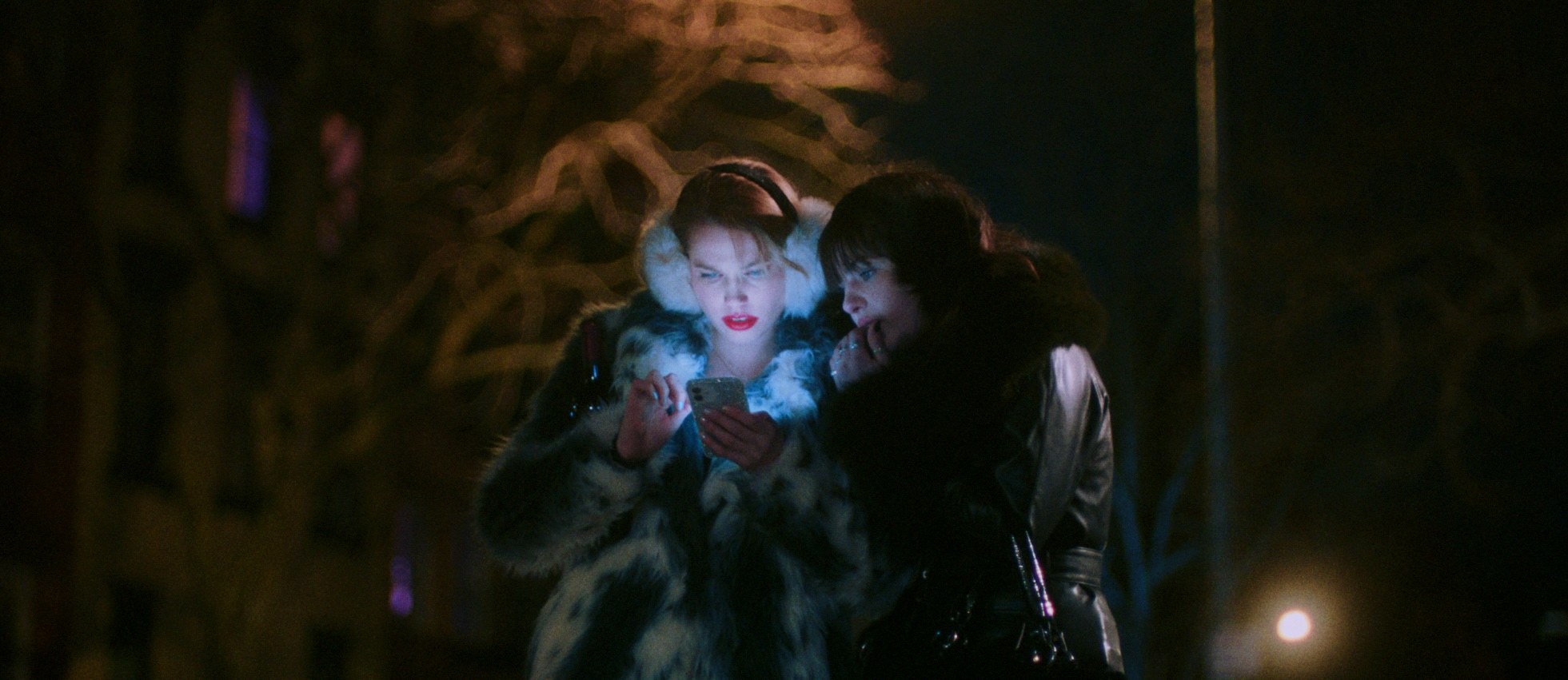

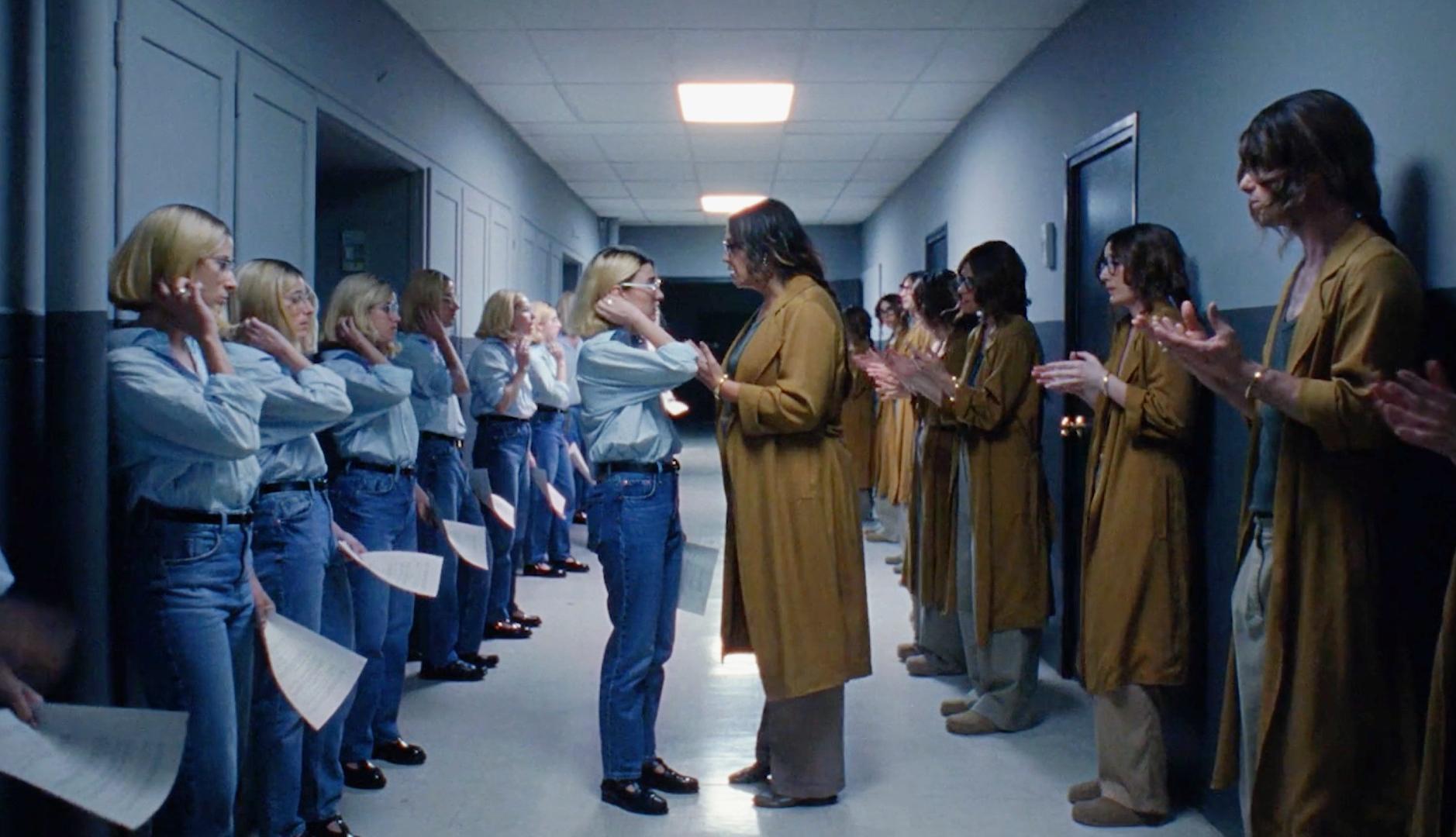
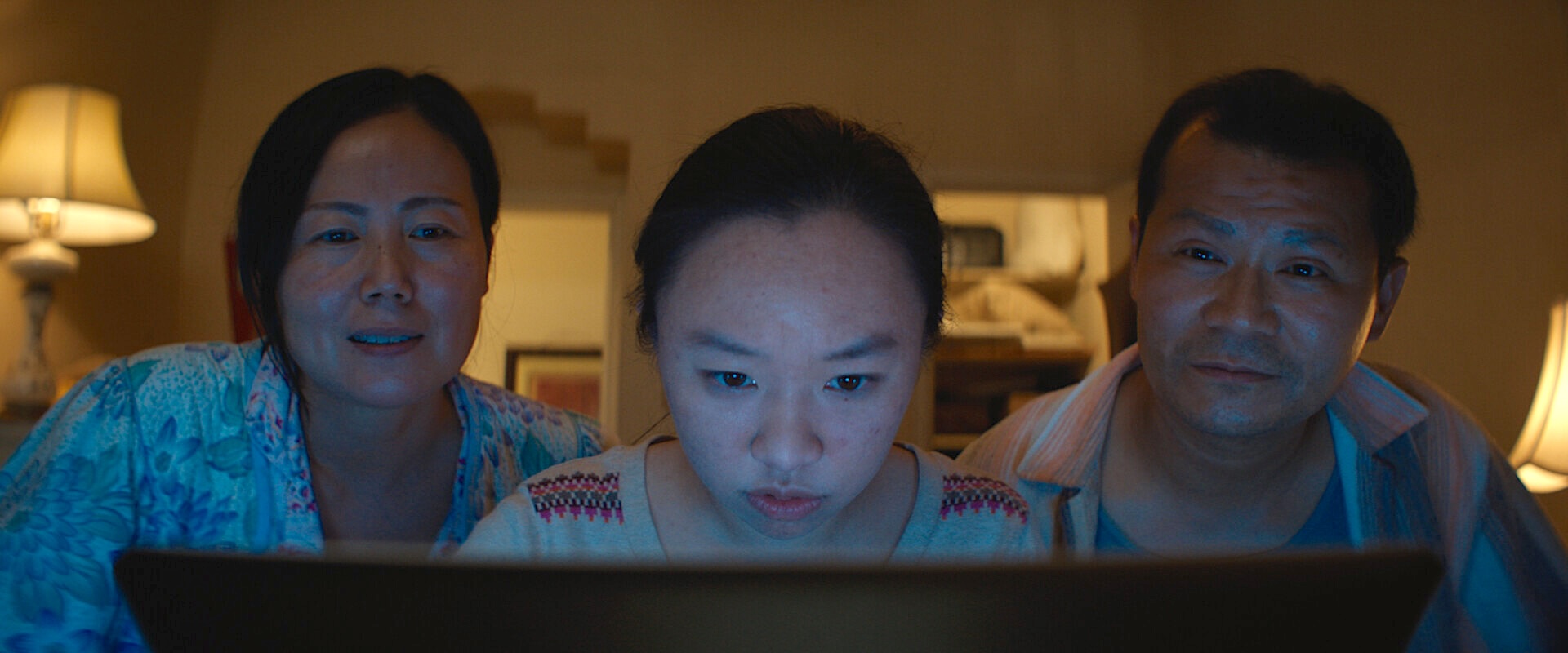













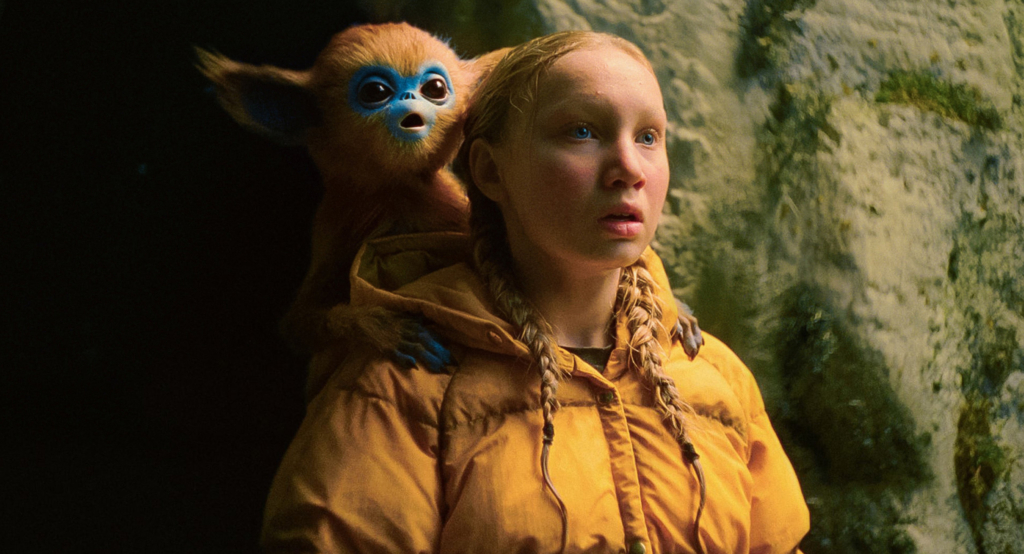


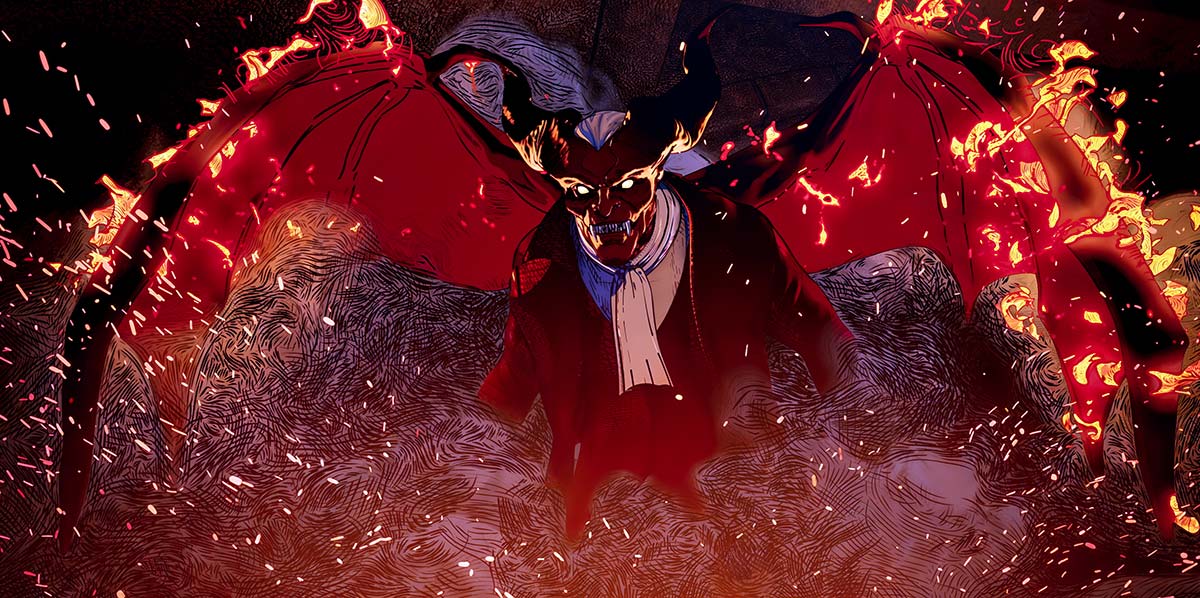
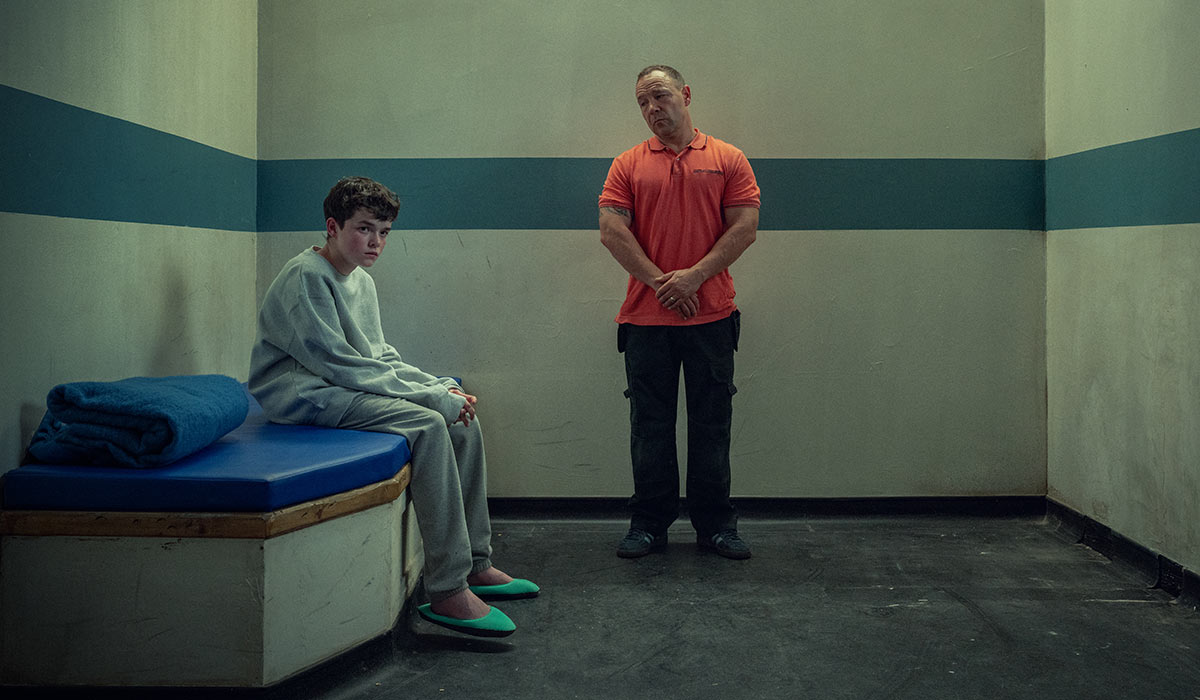




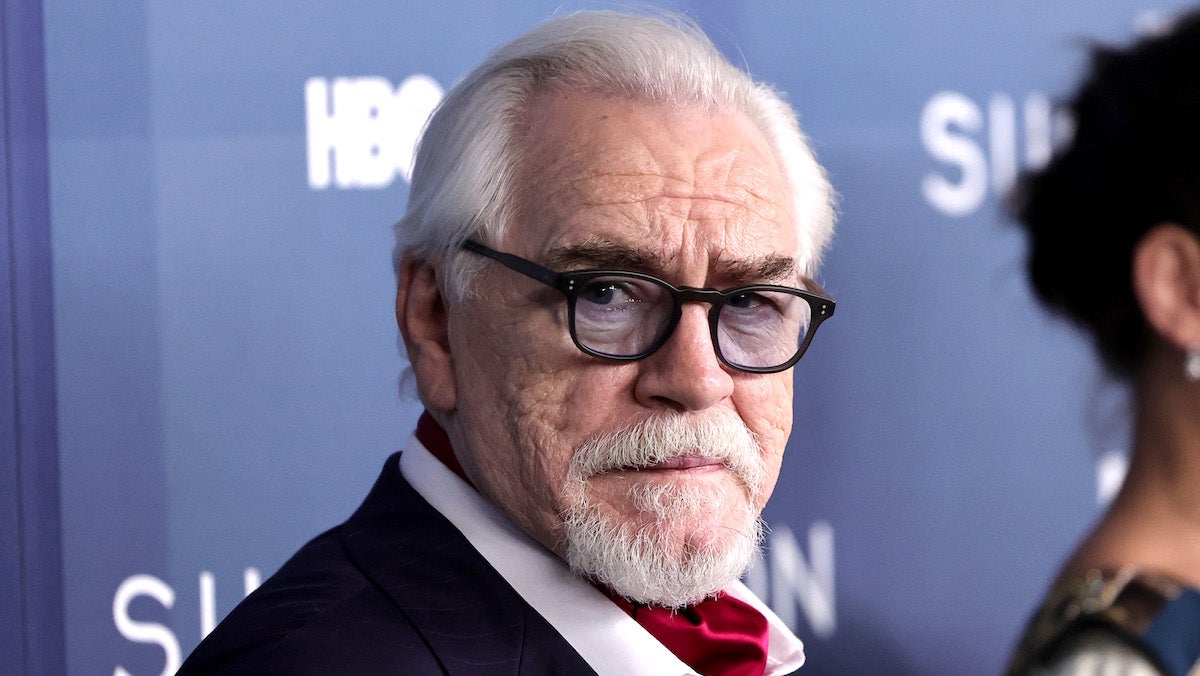






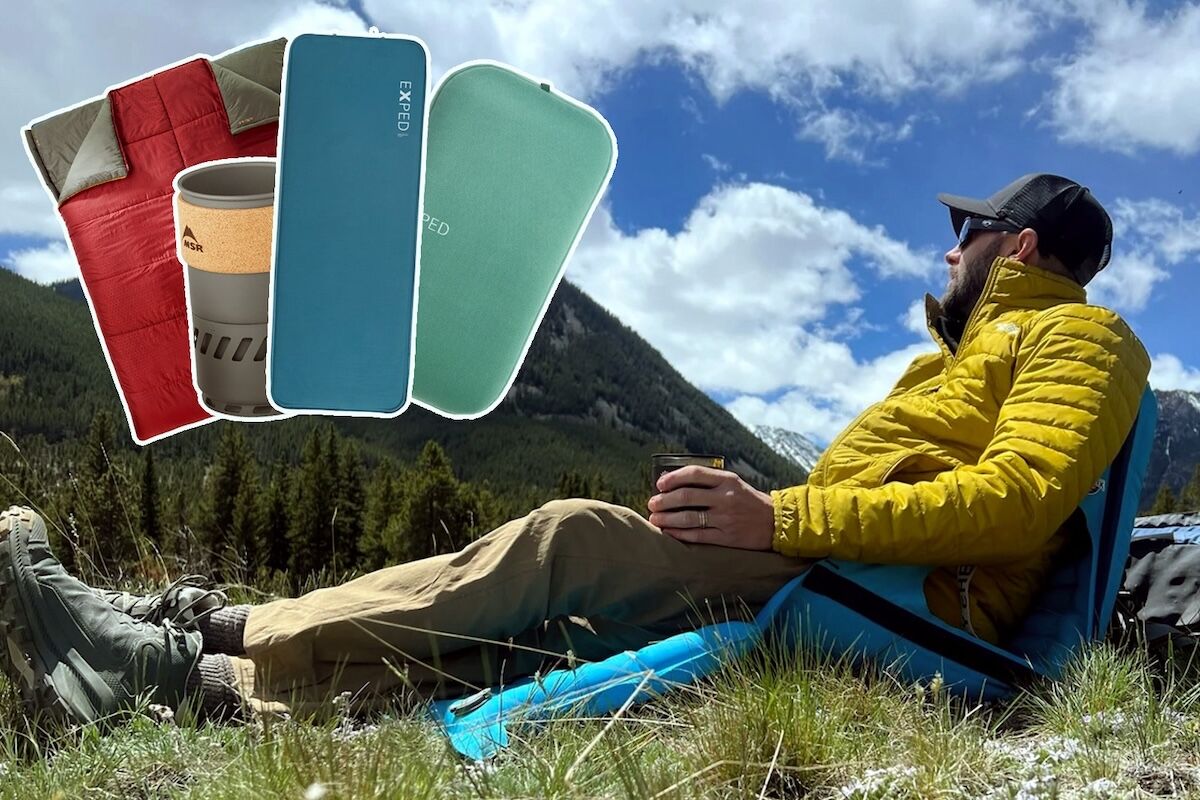














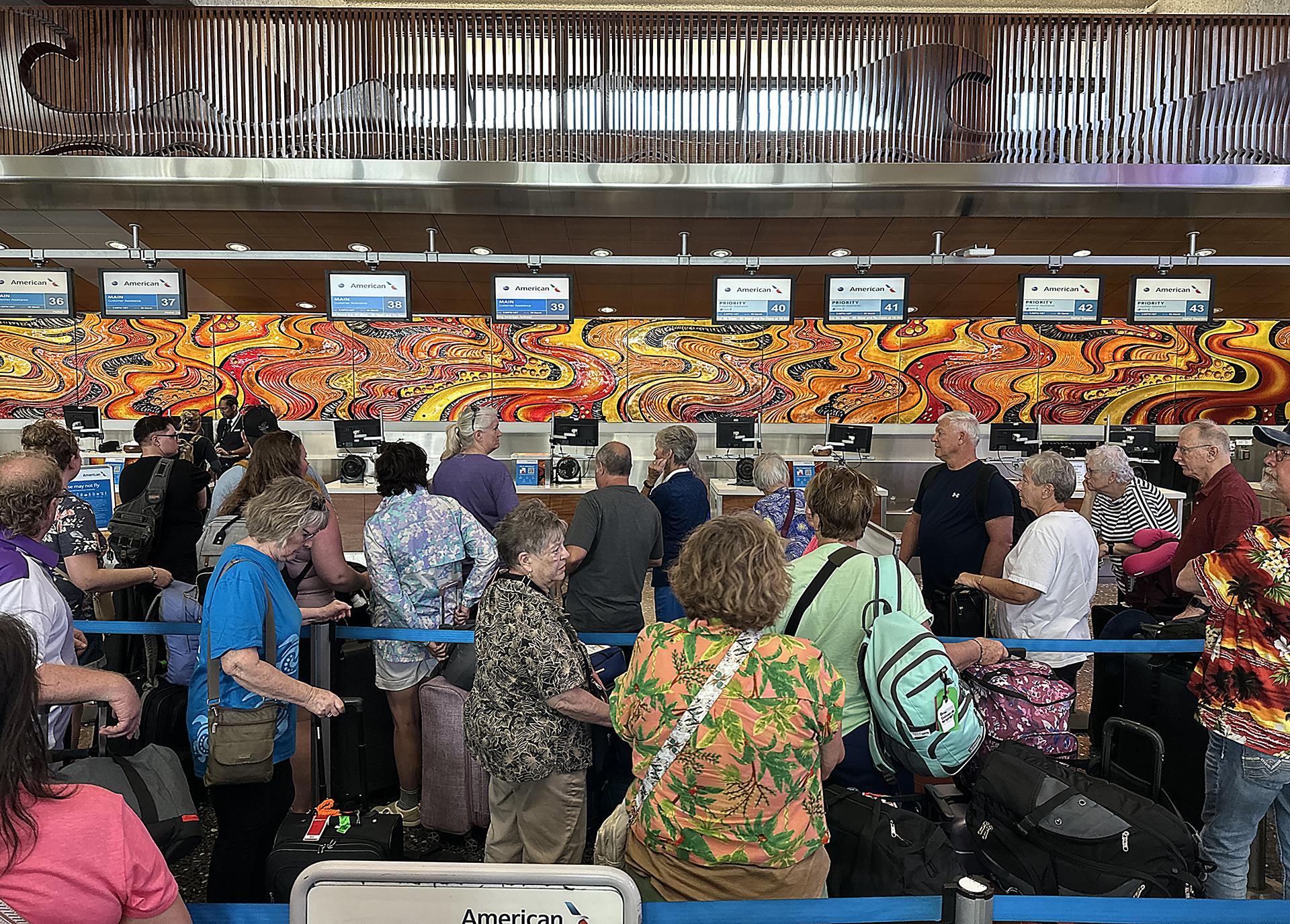


















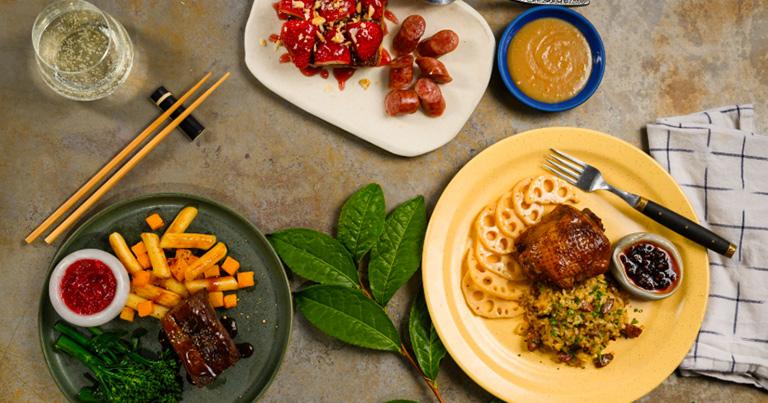
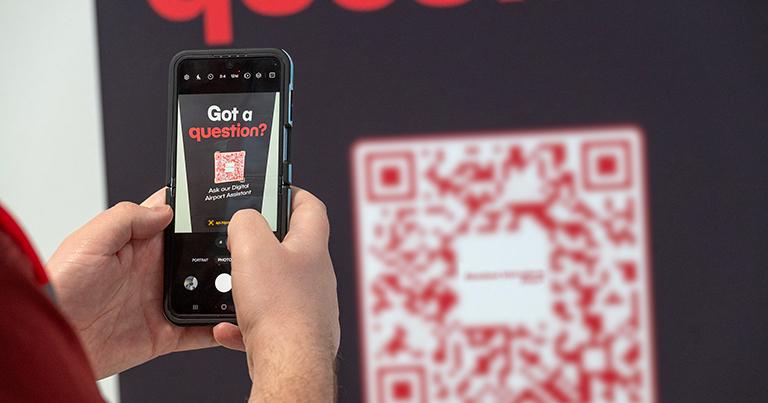

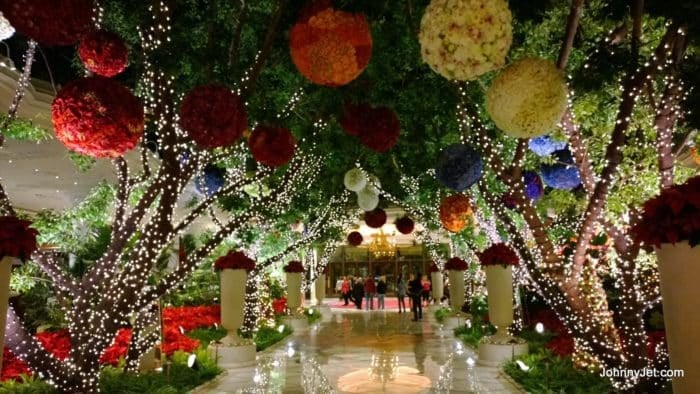
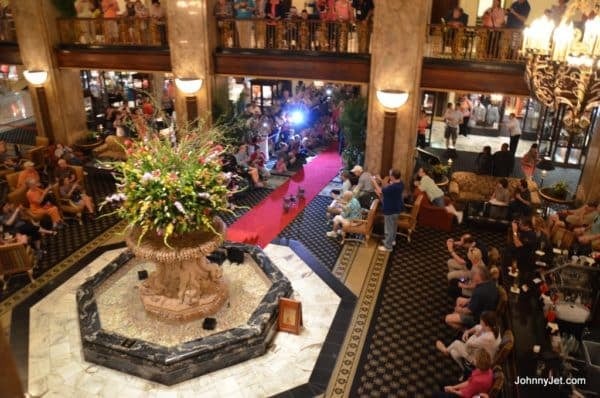




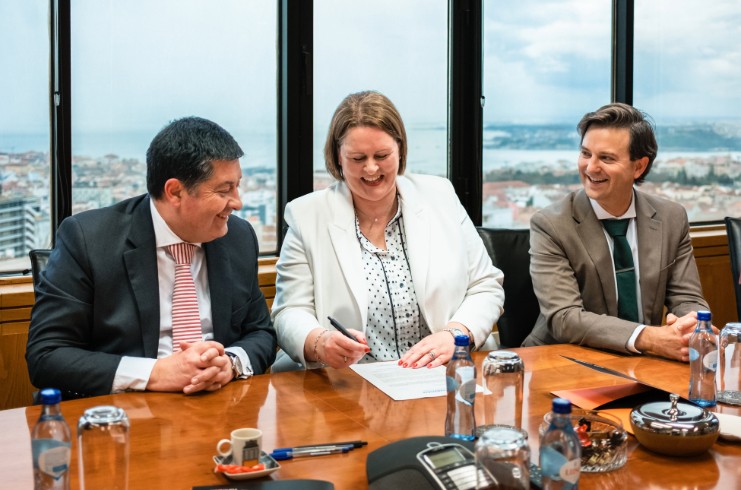













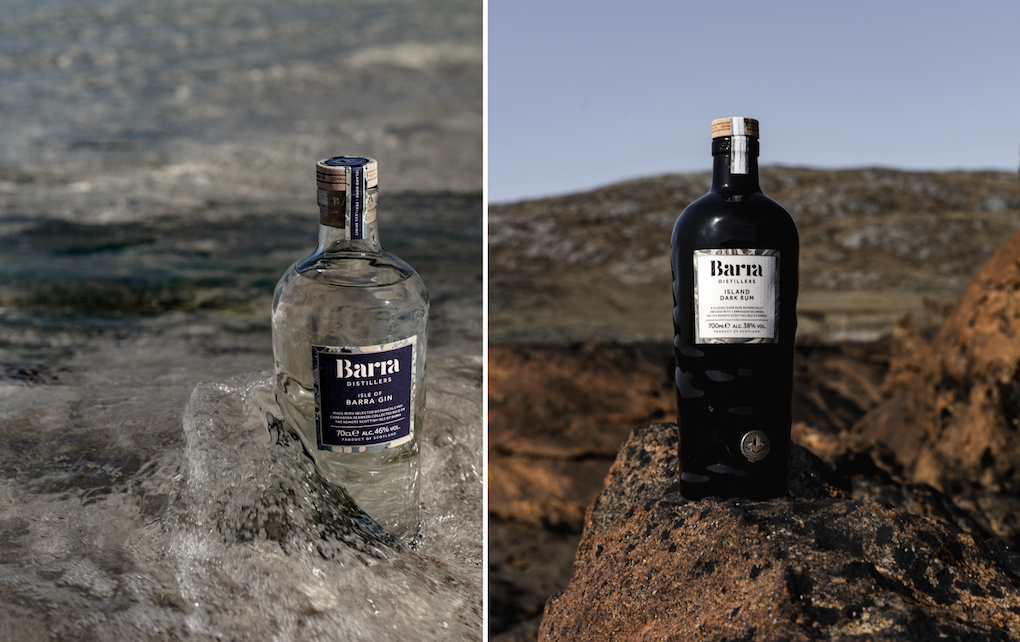




























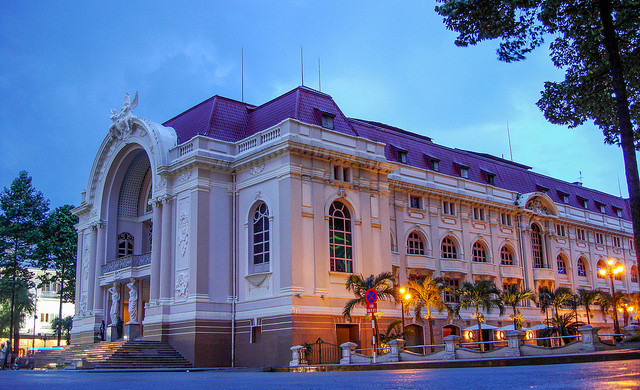
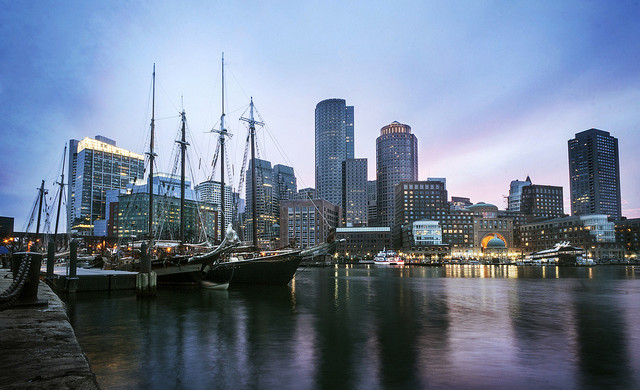
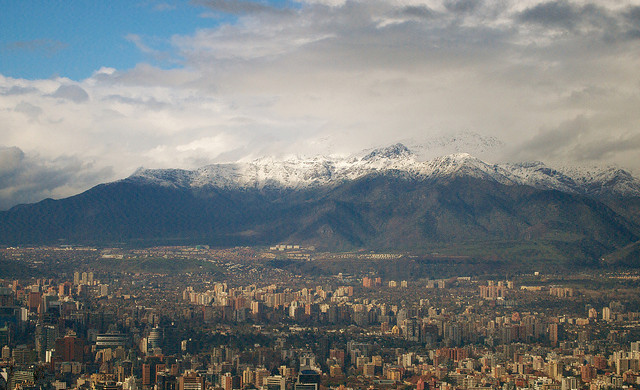
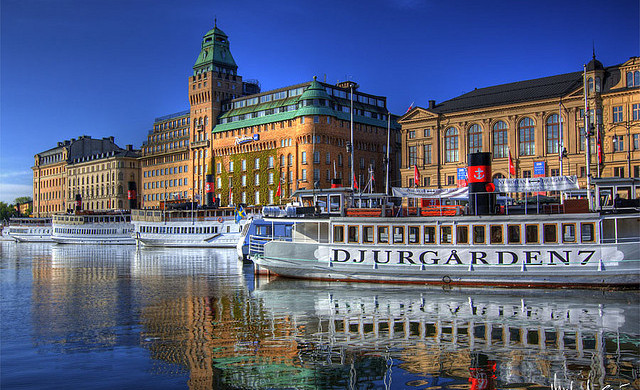














![Hotel Beds Outperform Your Master Bedroom for Better Sex—Here’s Why [Roundup]](https://viewfromthewing.com/wp-content/uploads/2025/04/burj-al-arab-bed.jpg?#)




































.jpg?#)





























































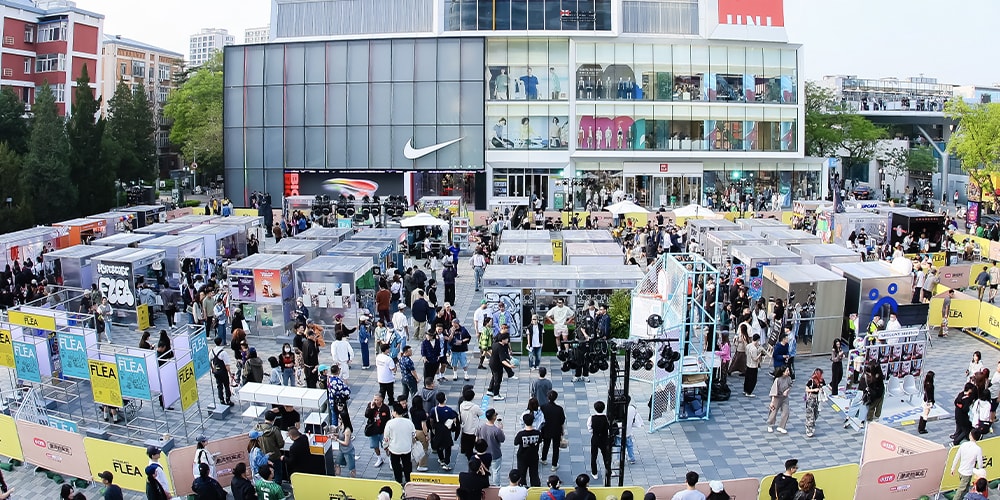




















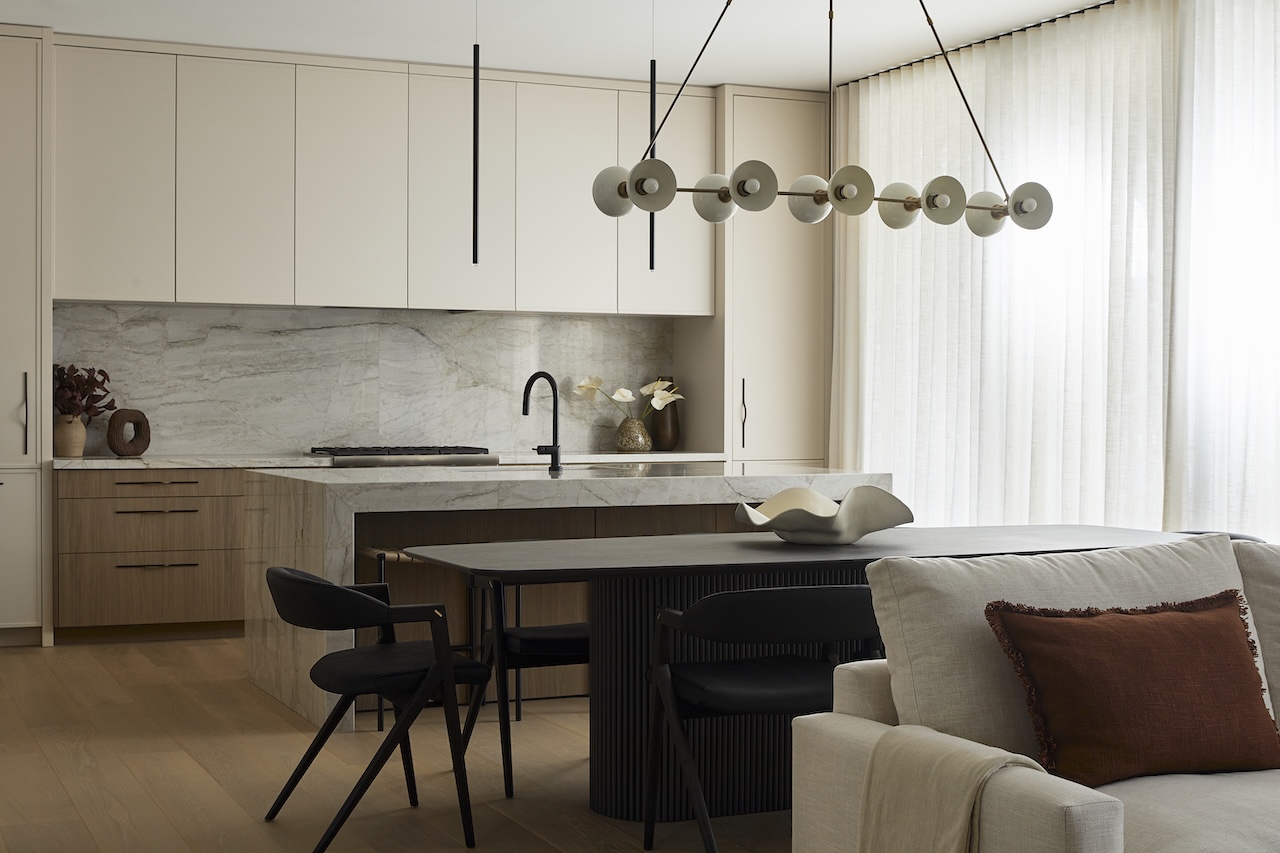
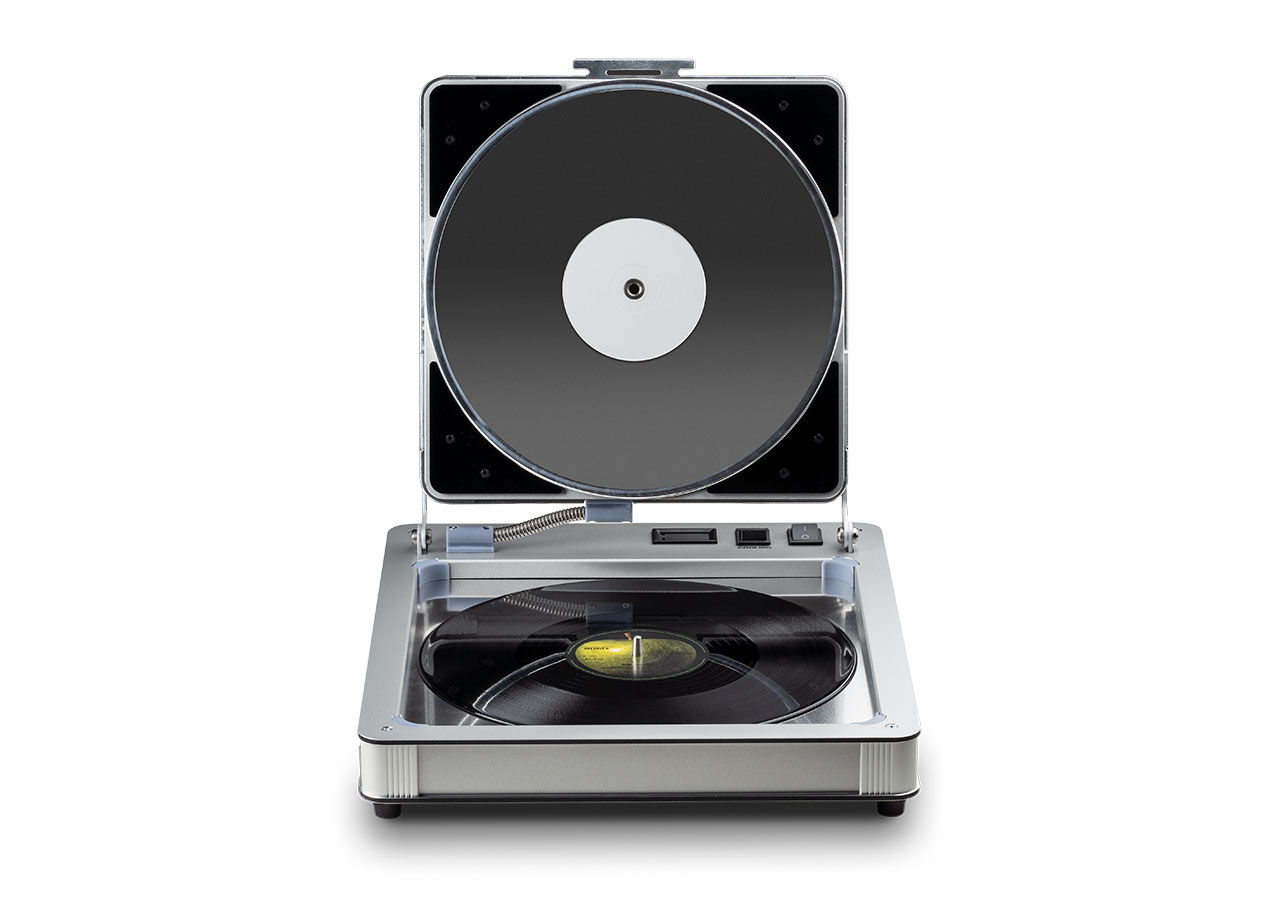



















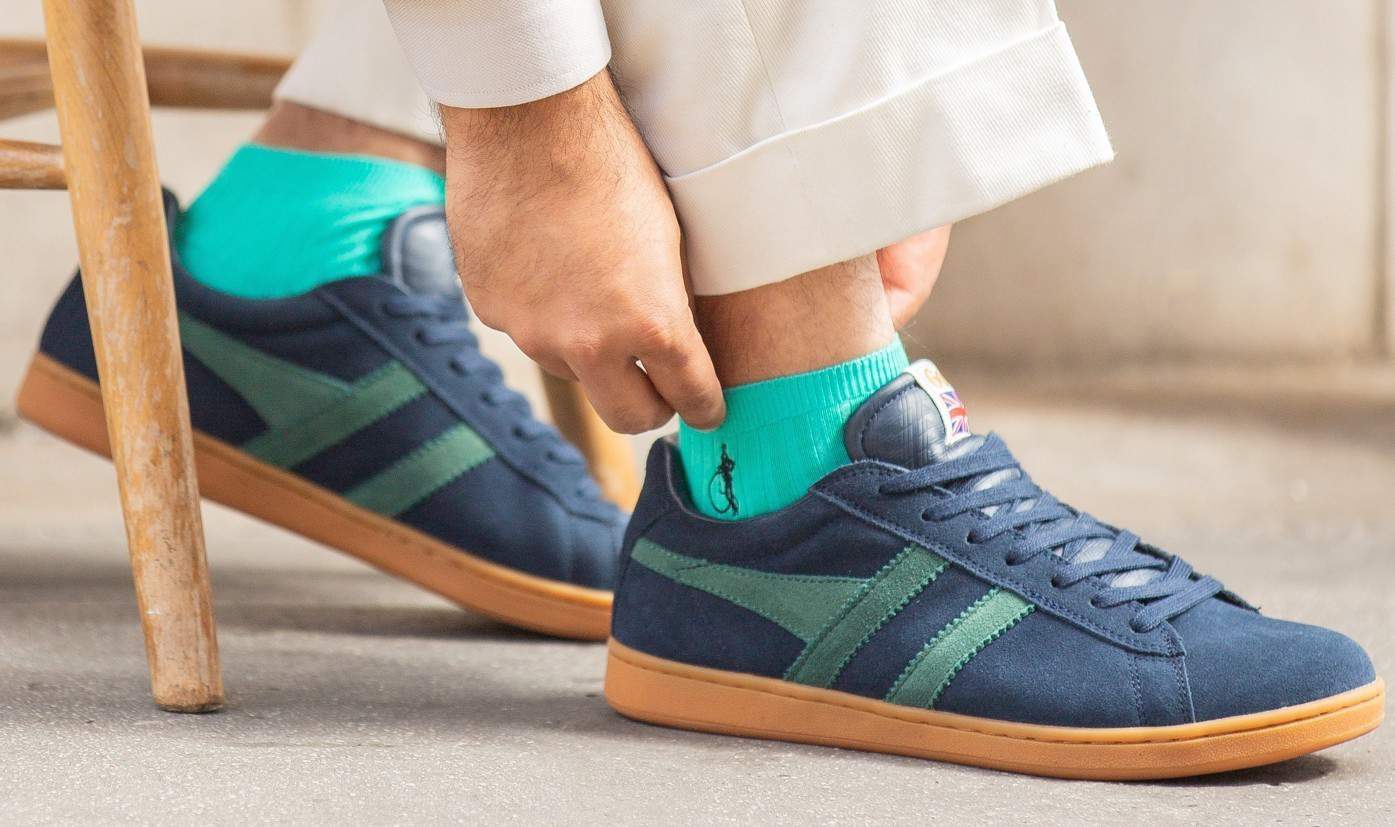


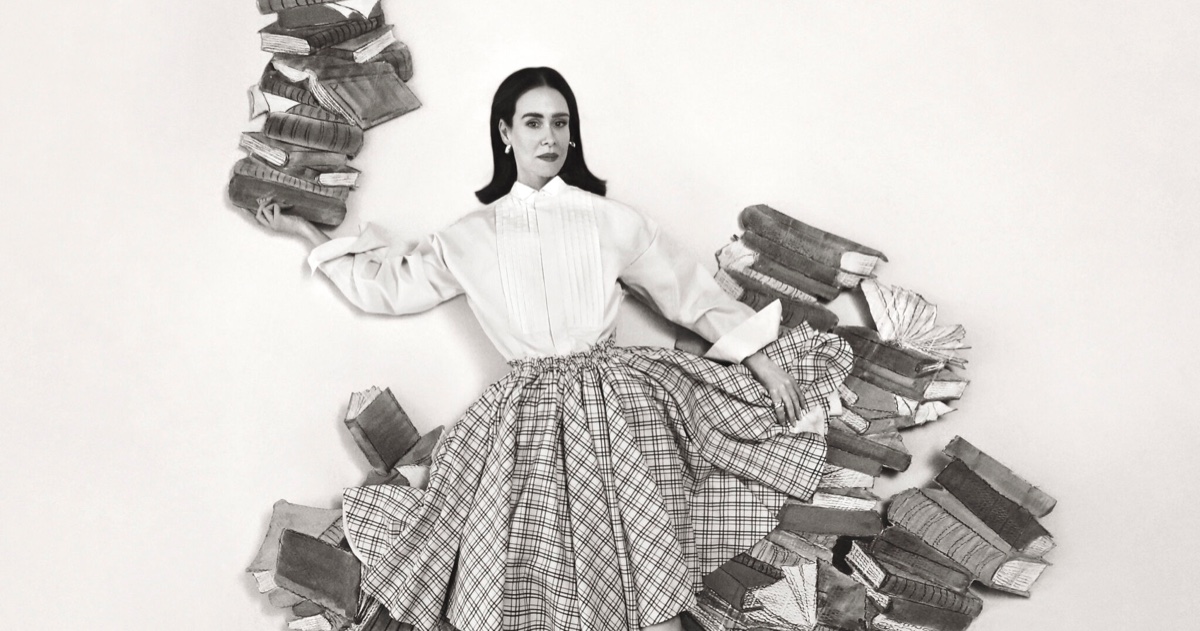


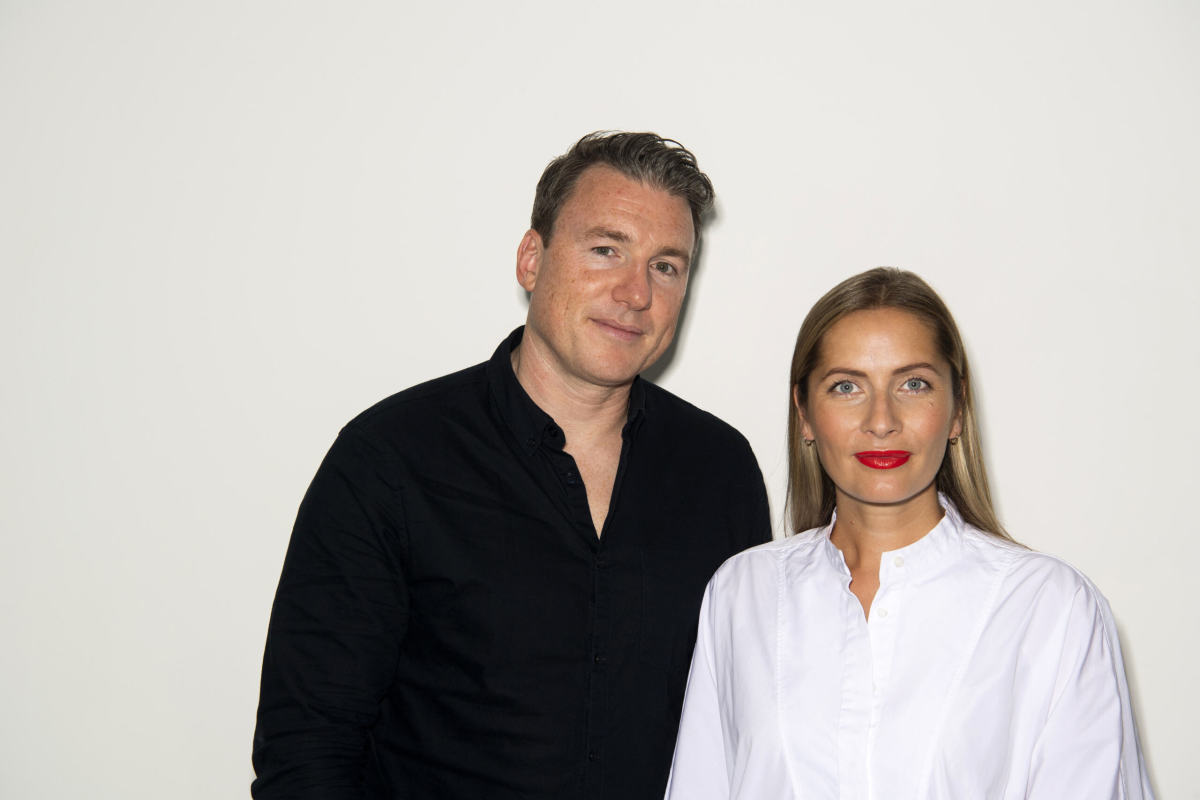

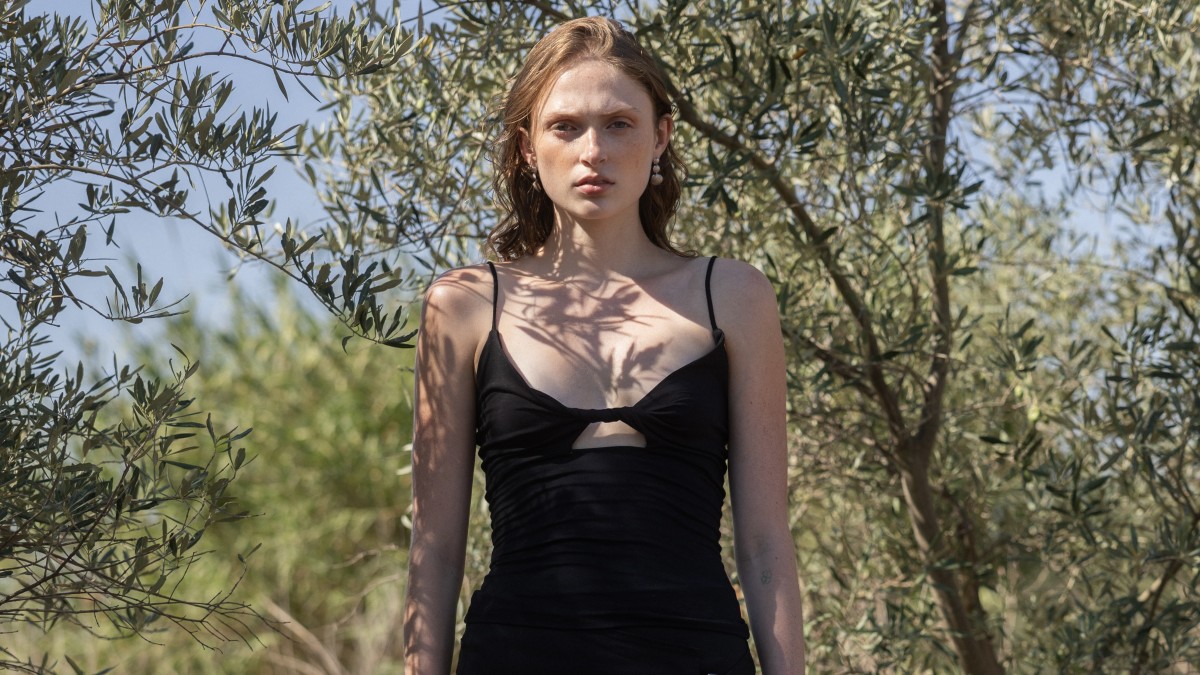
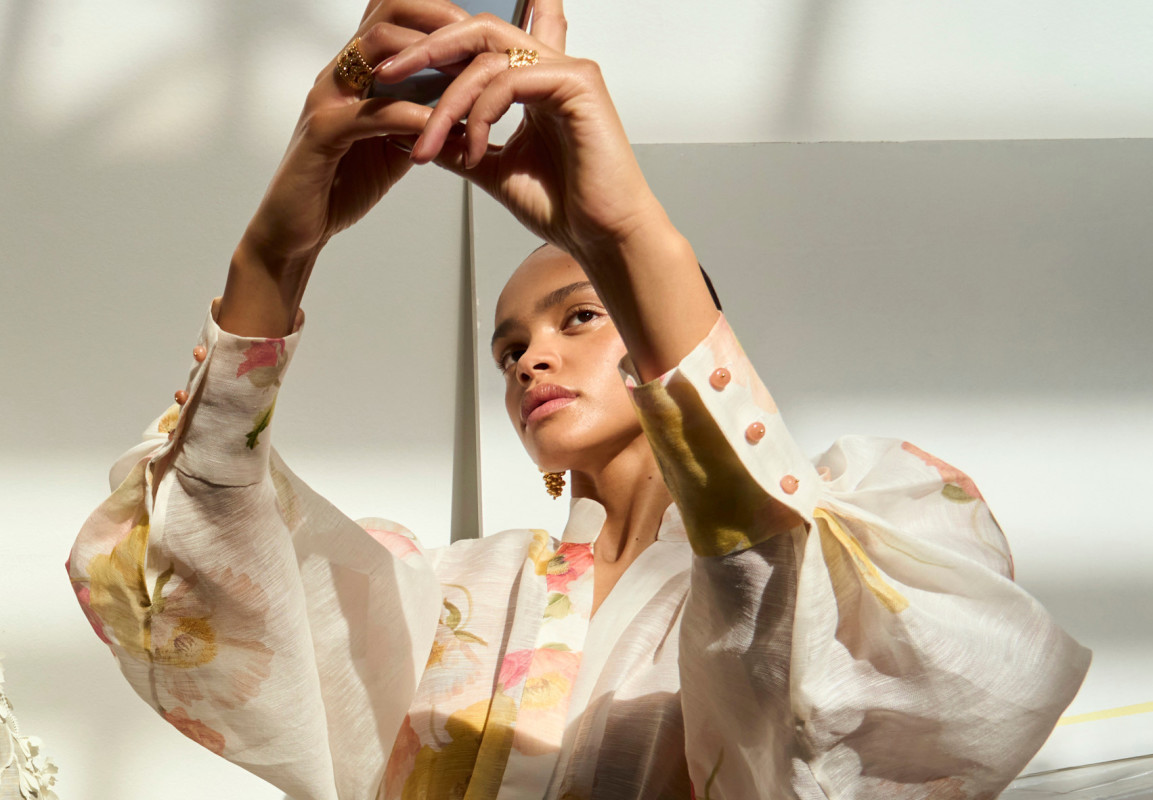











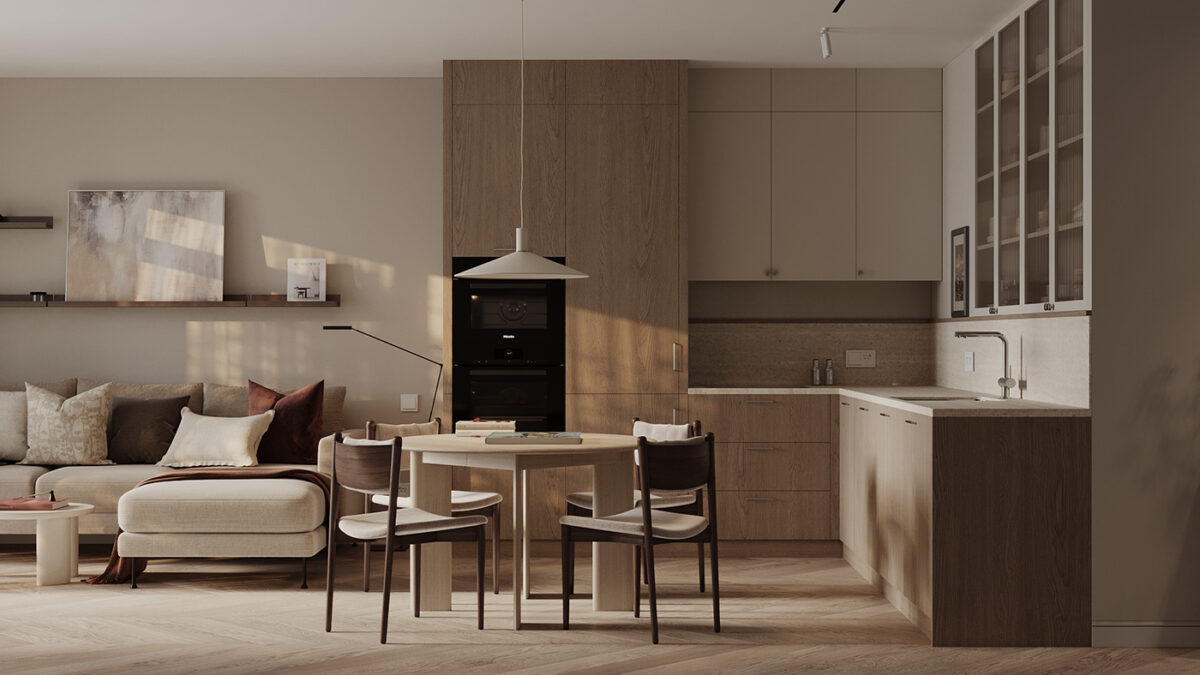
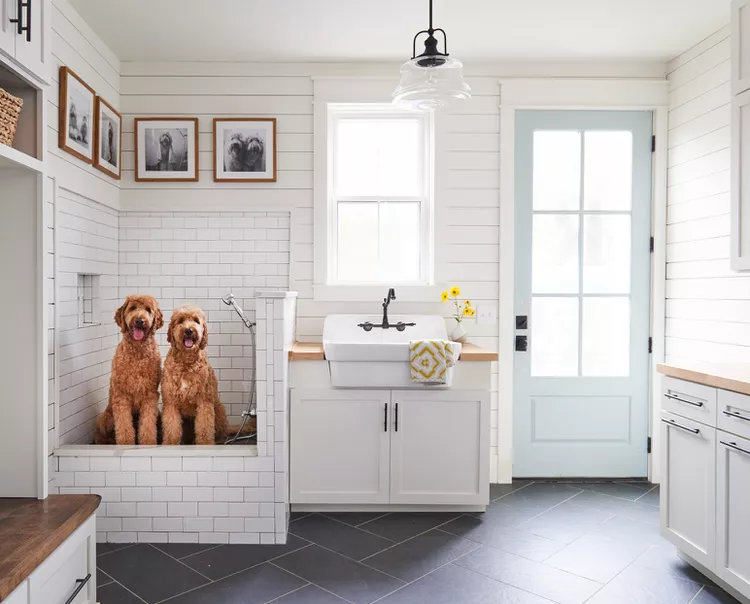
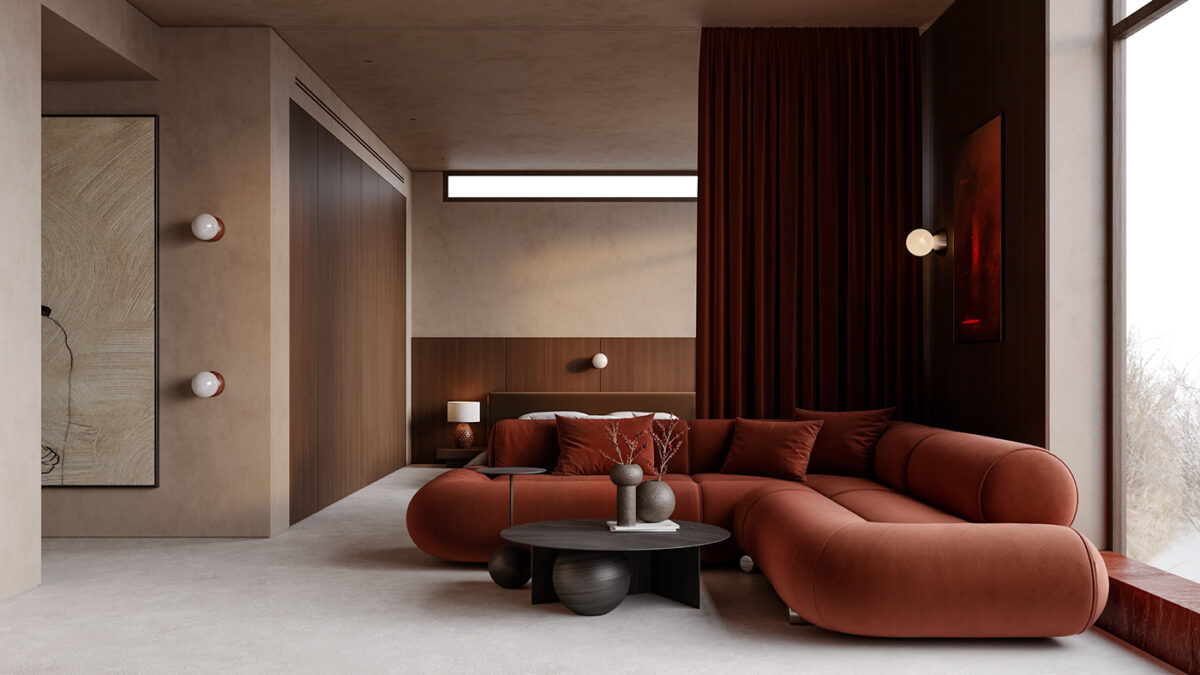



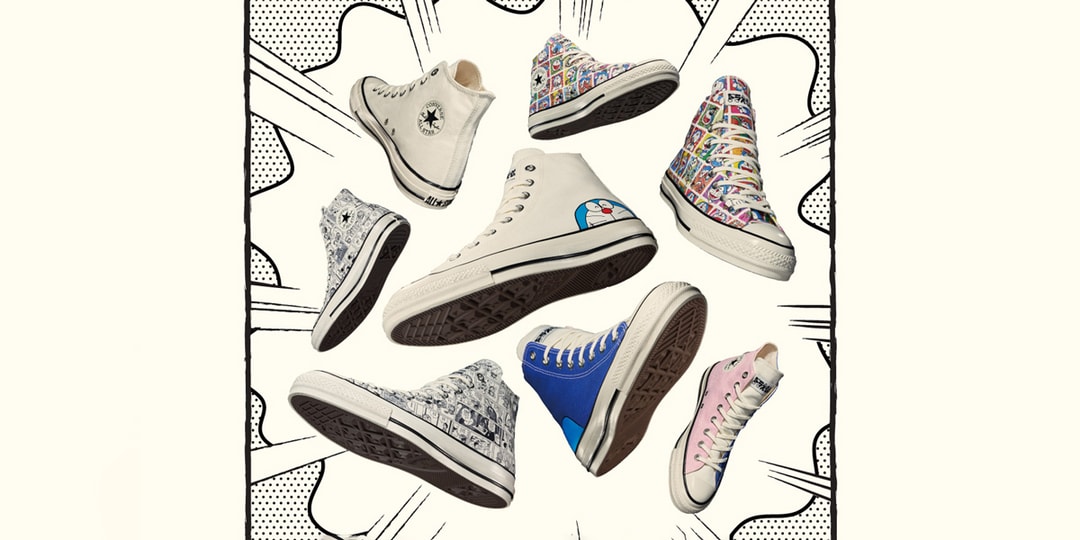
![[Podcast] Unlocking Innovation: How Play & Creativity Drive Success with Melissa Dinwiddie](https://justcreative.com/wp-content/uploads/2025/04/melissa-dinwiddie-youtube.png)



